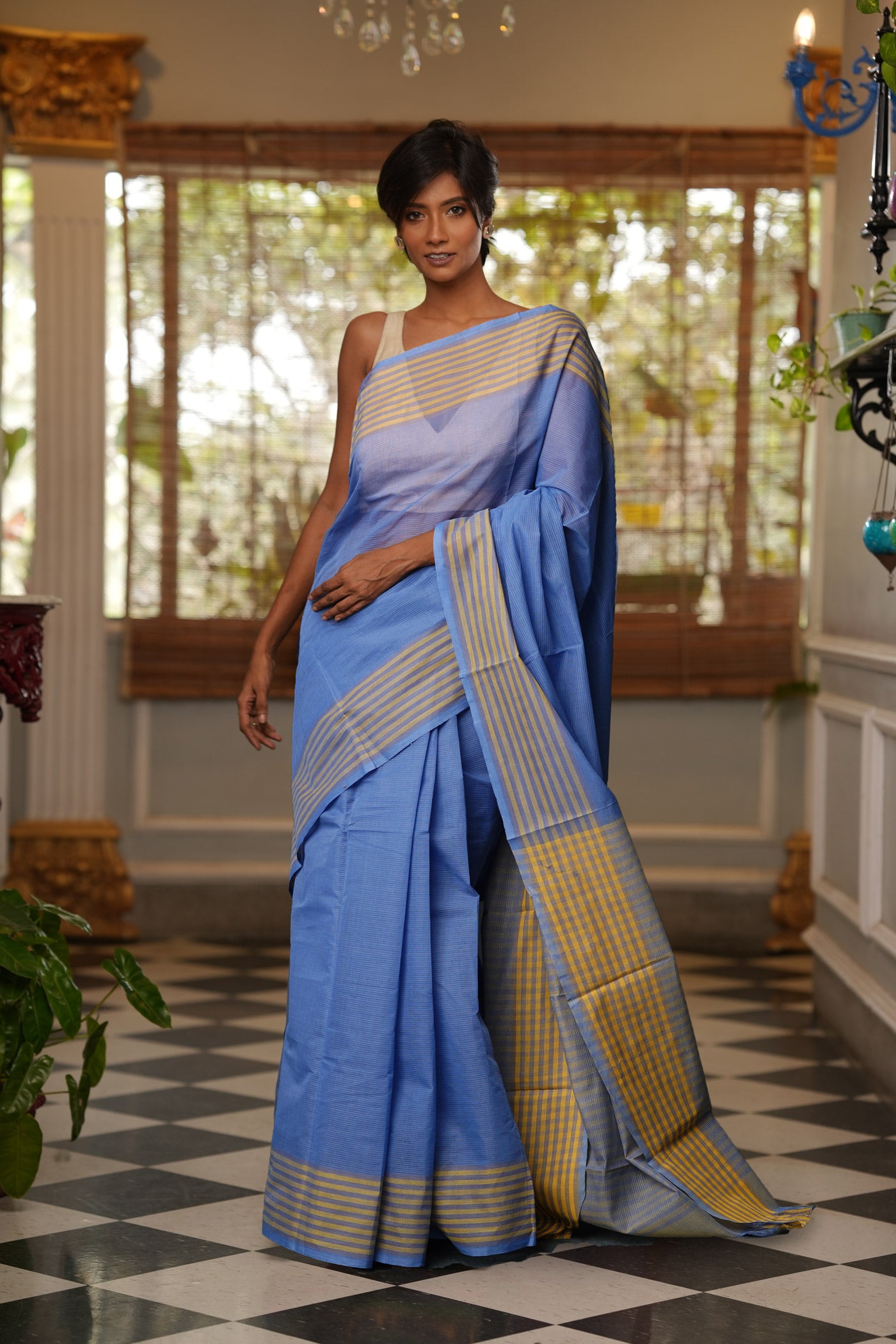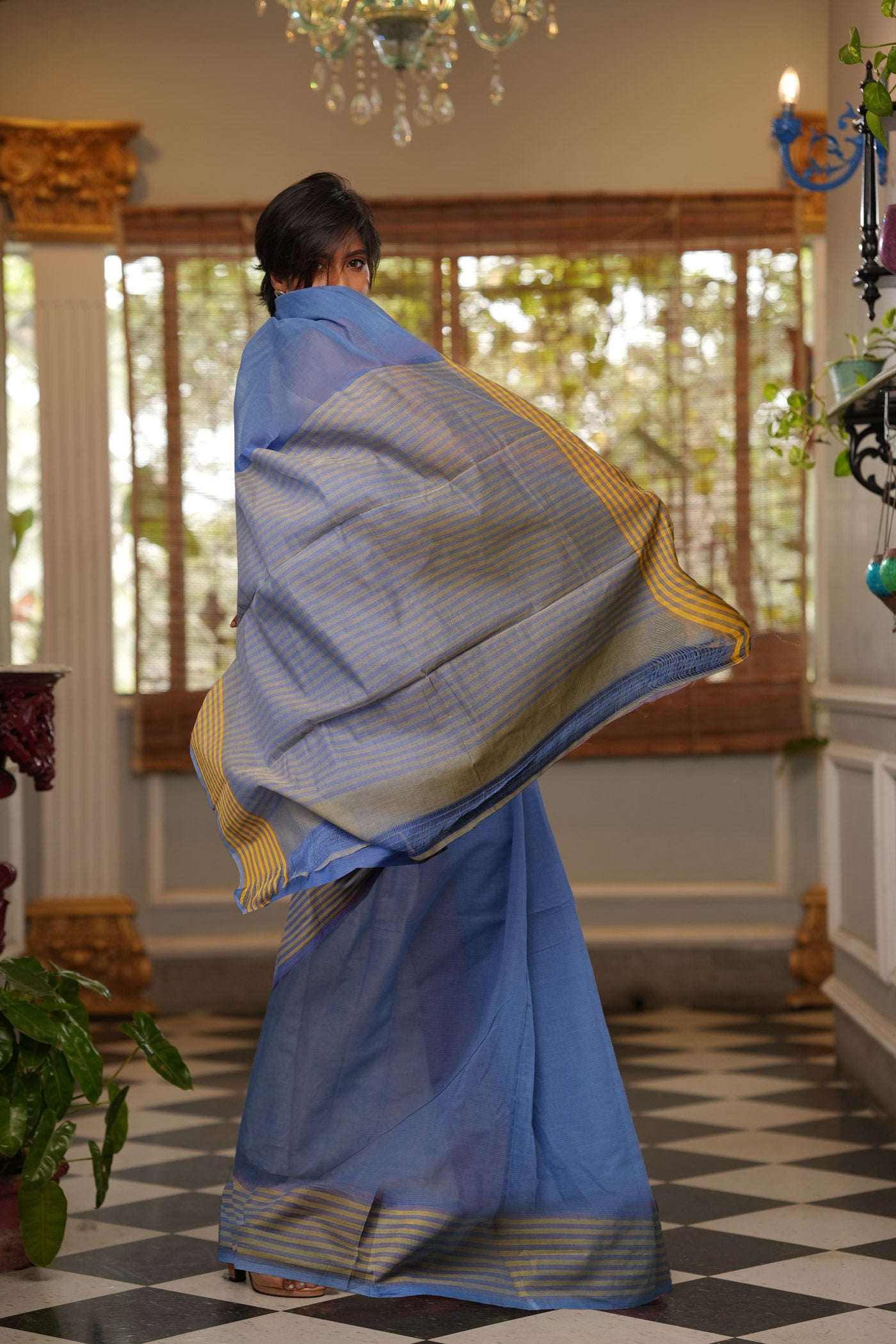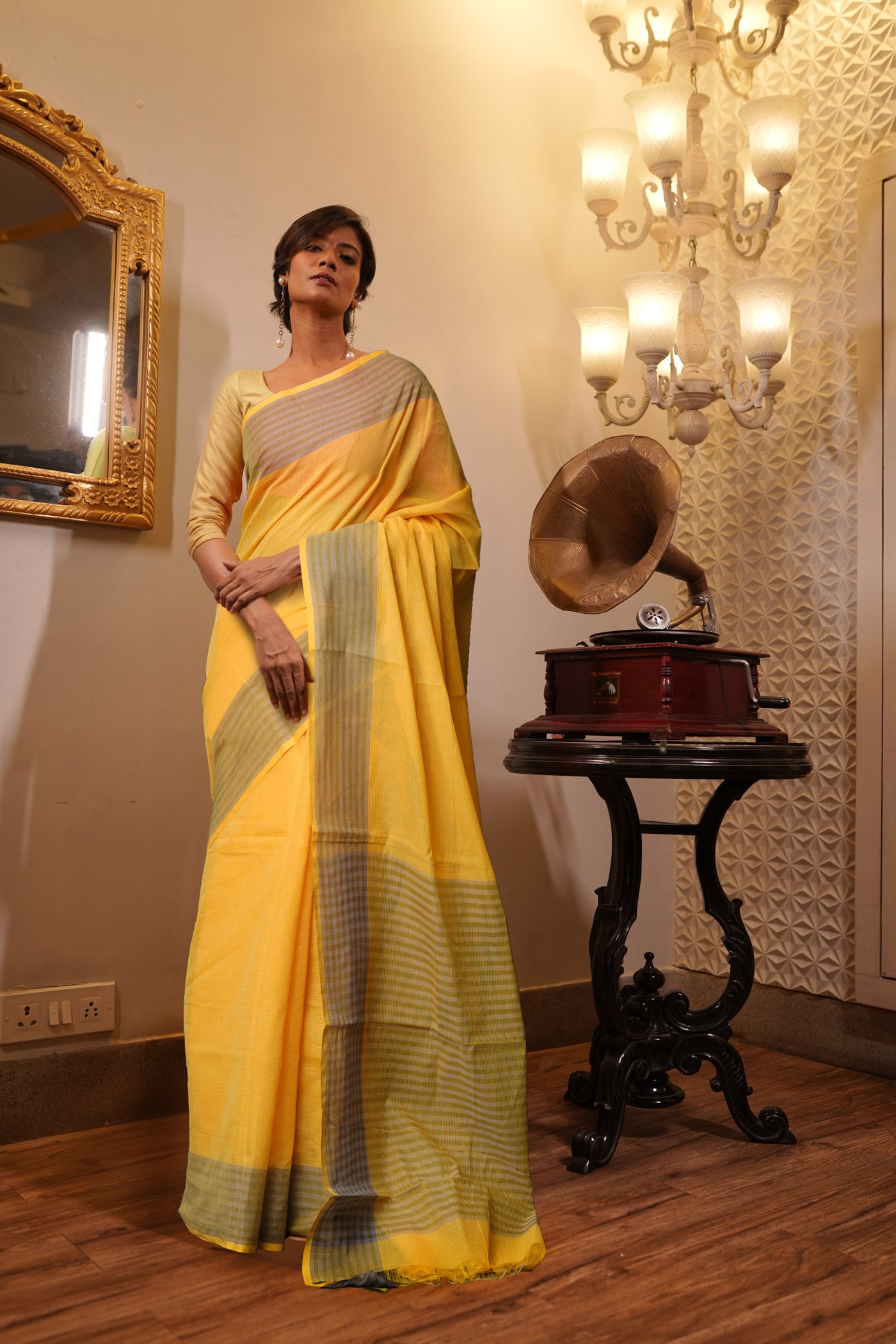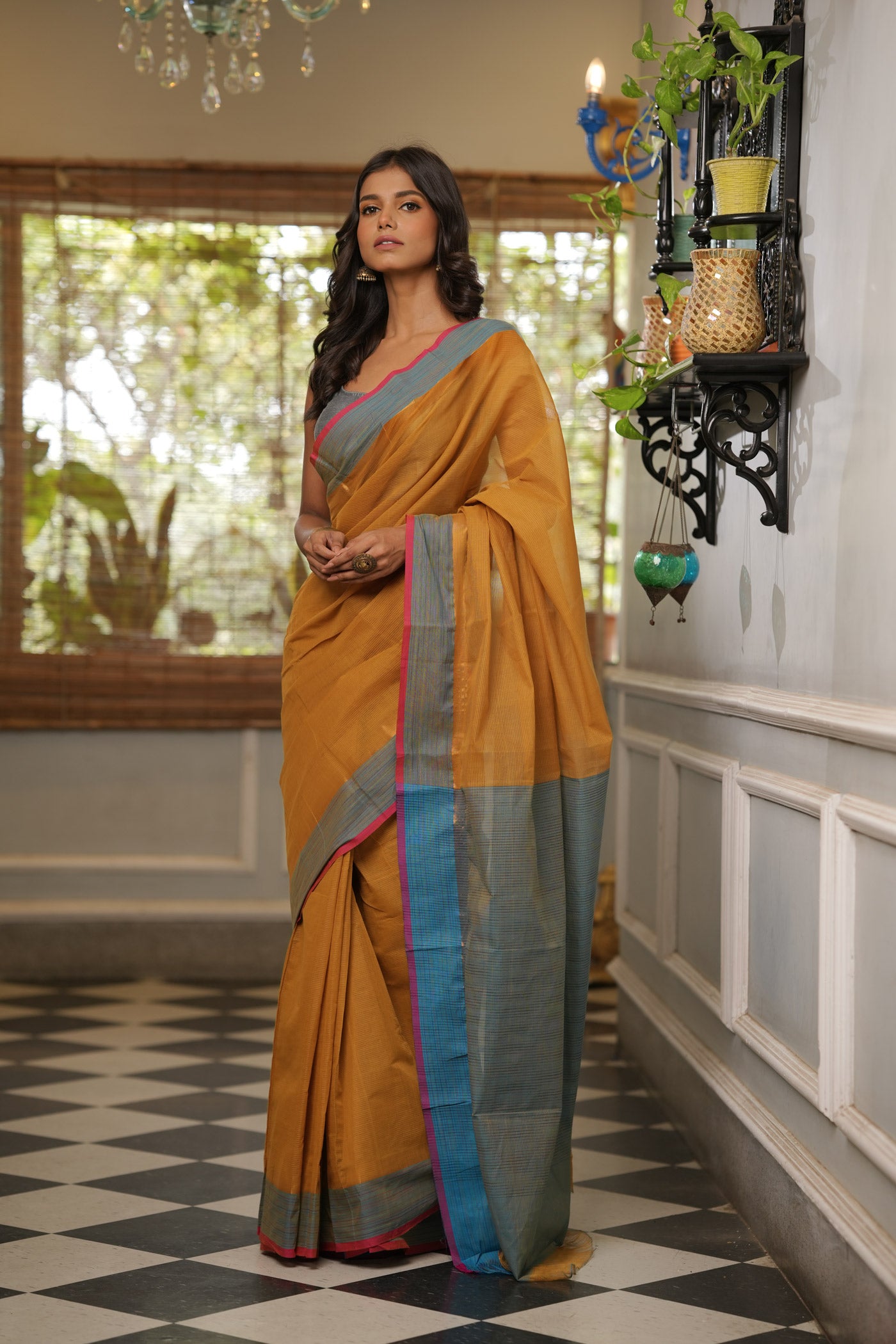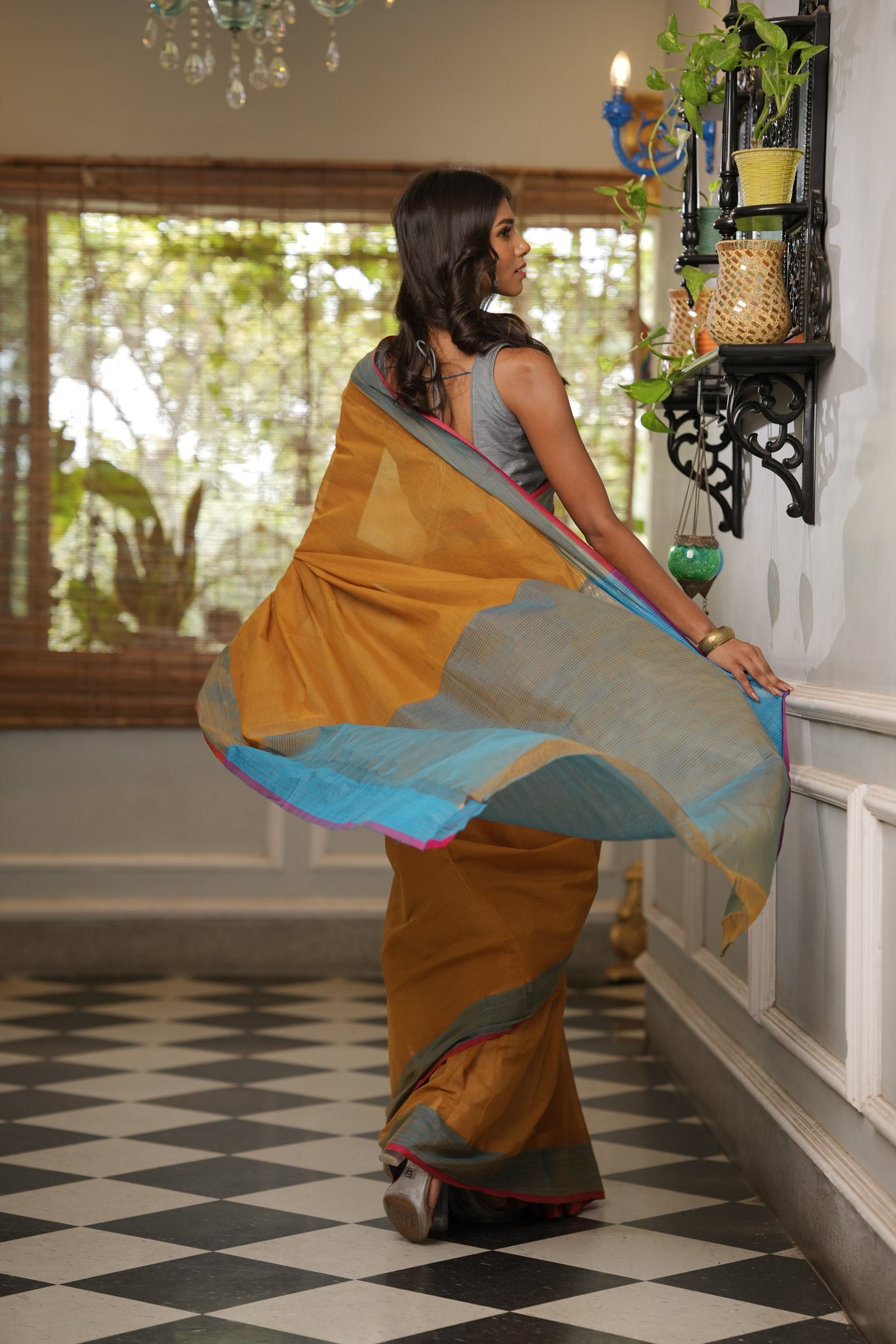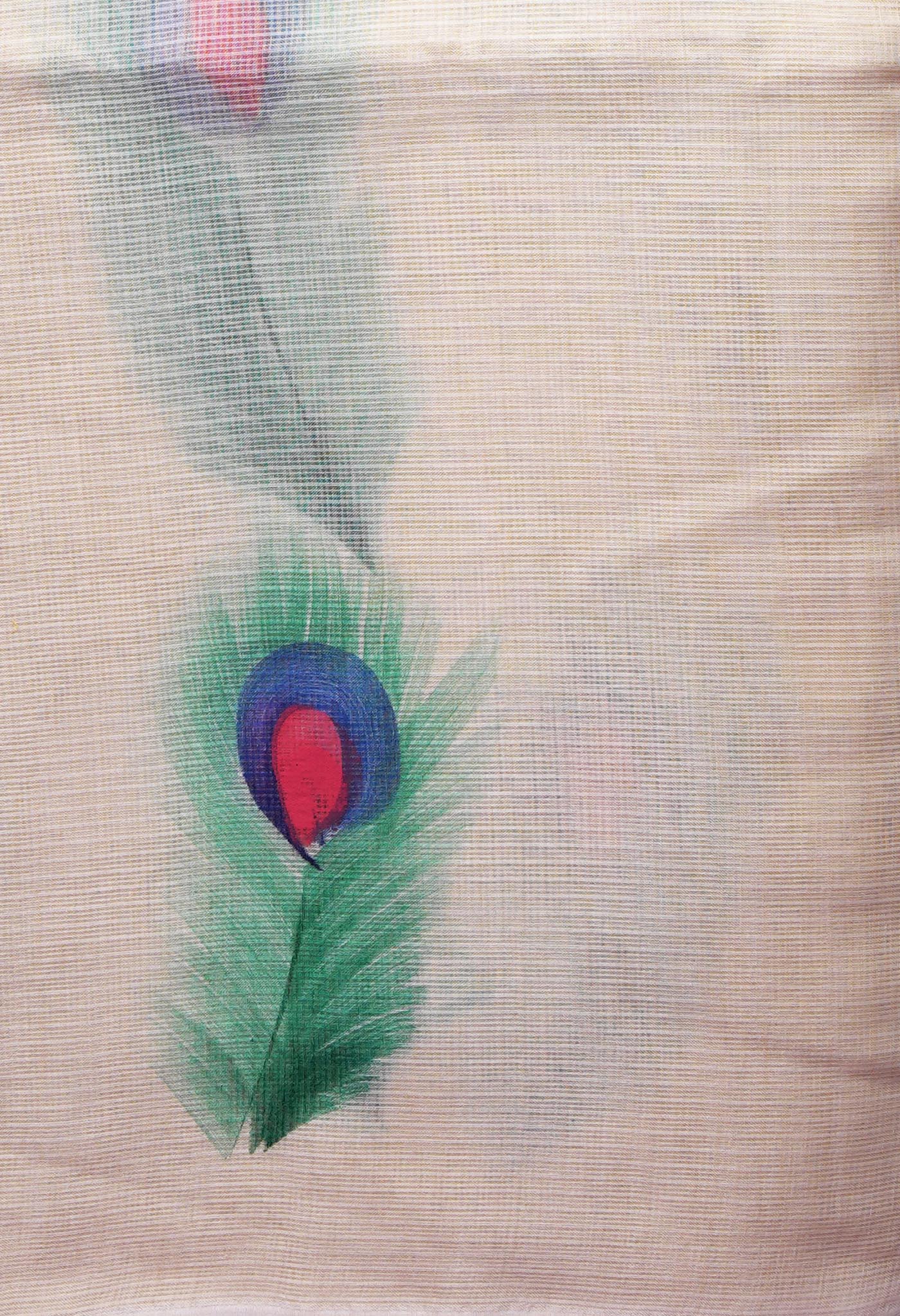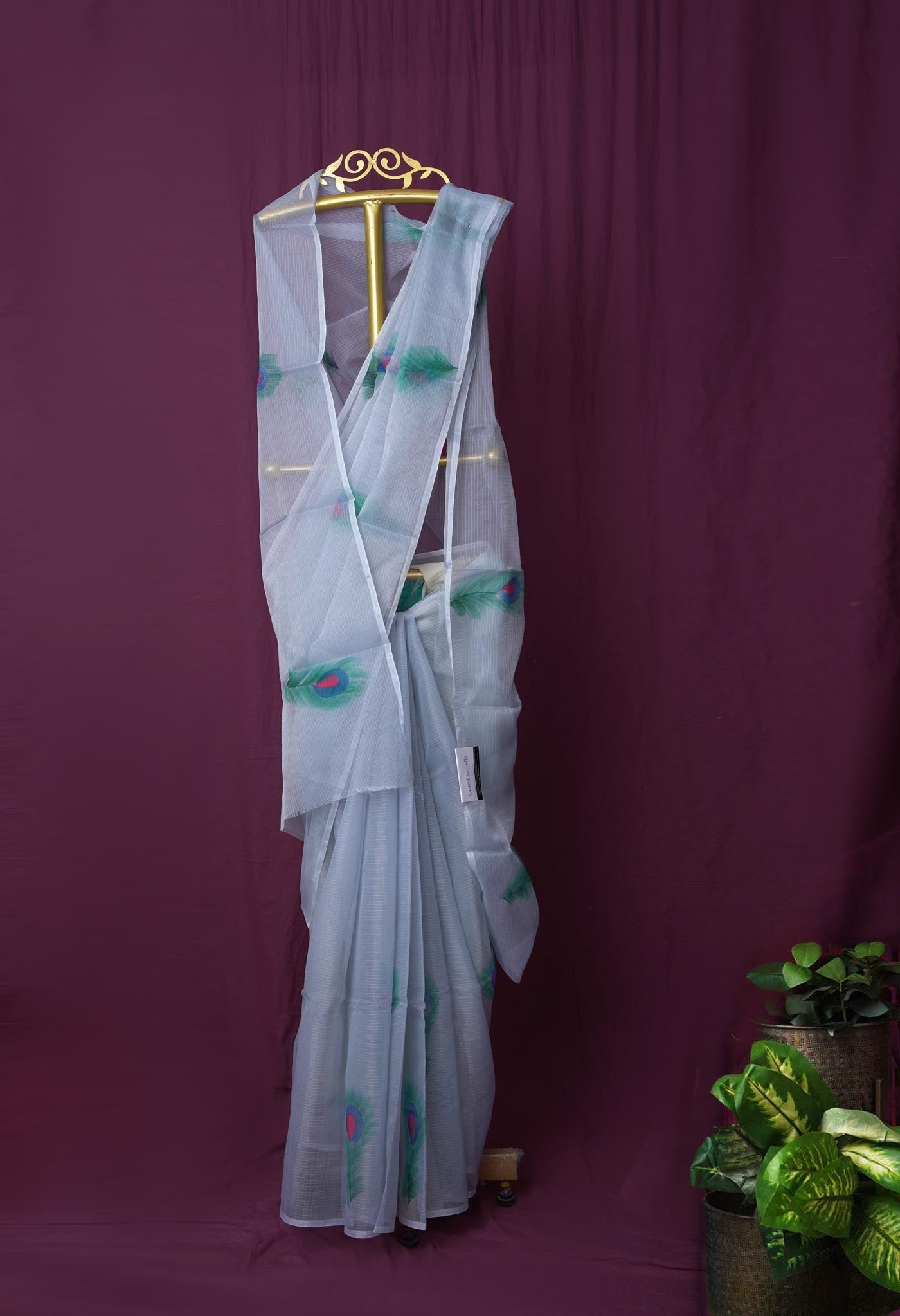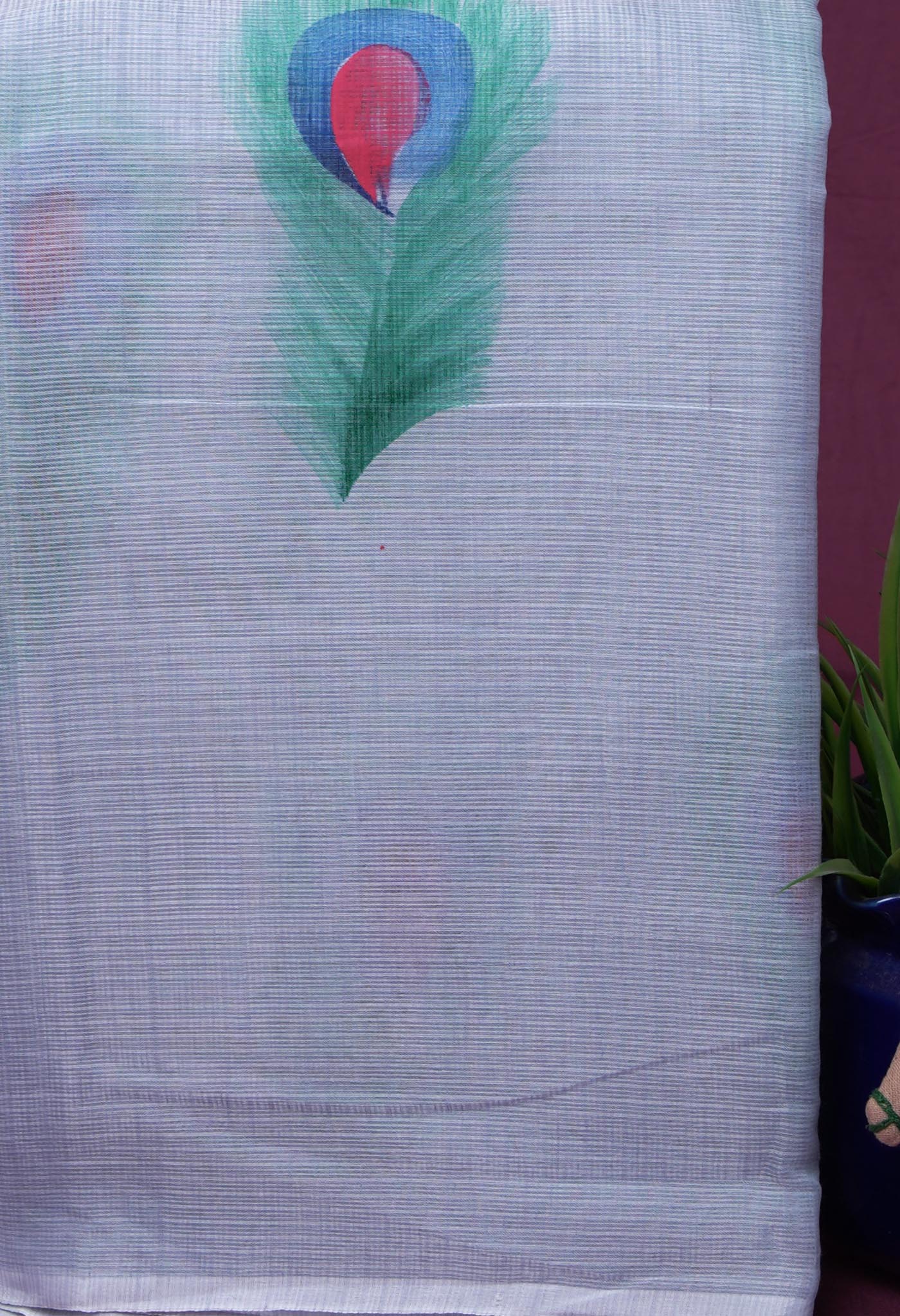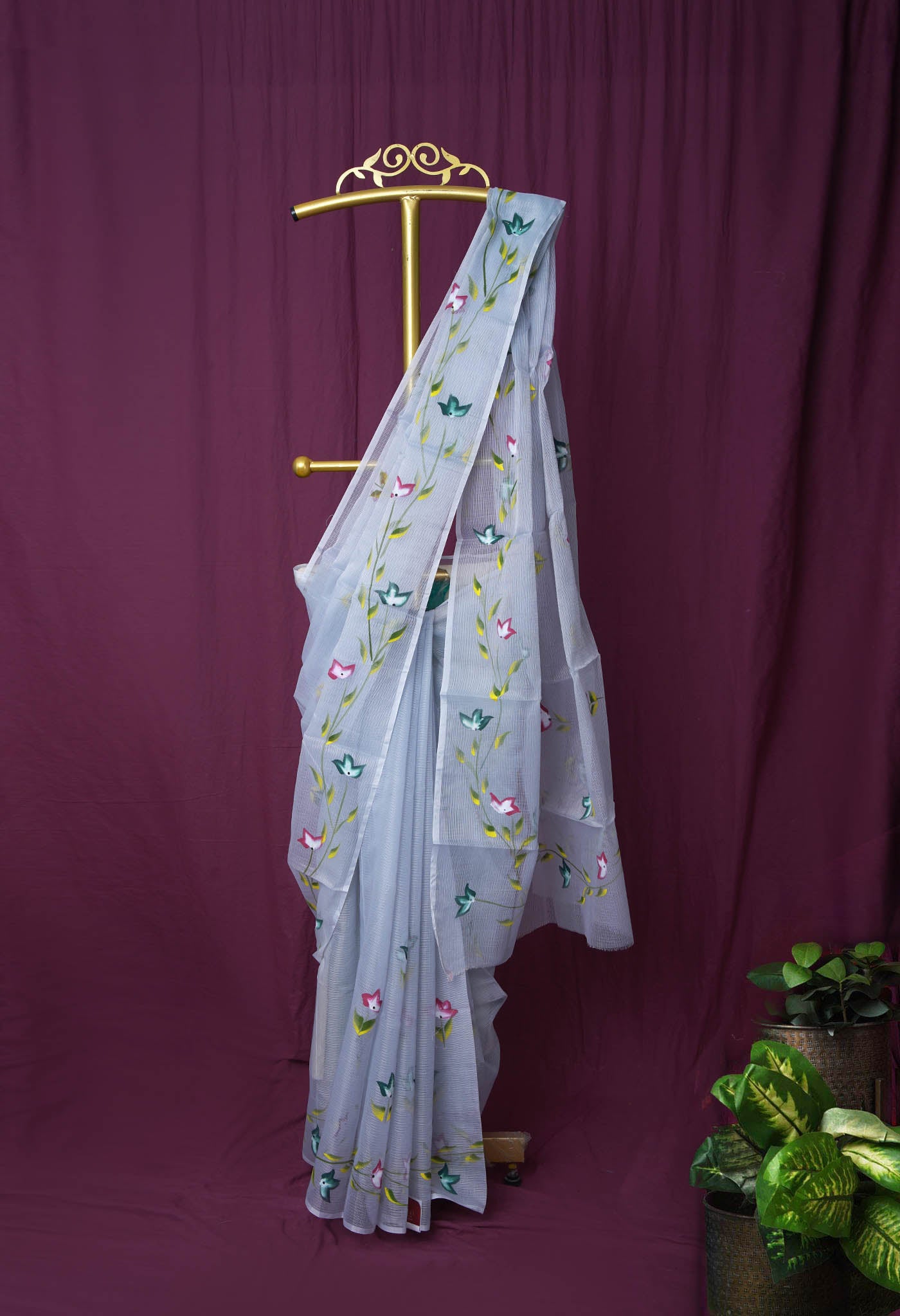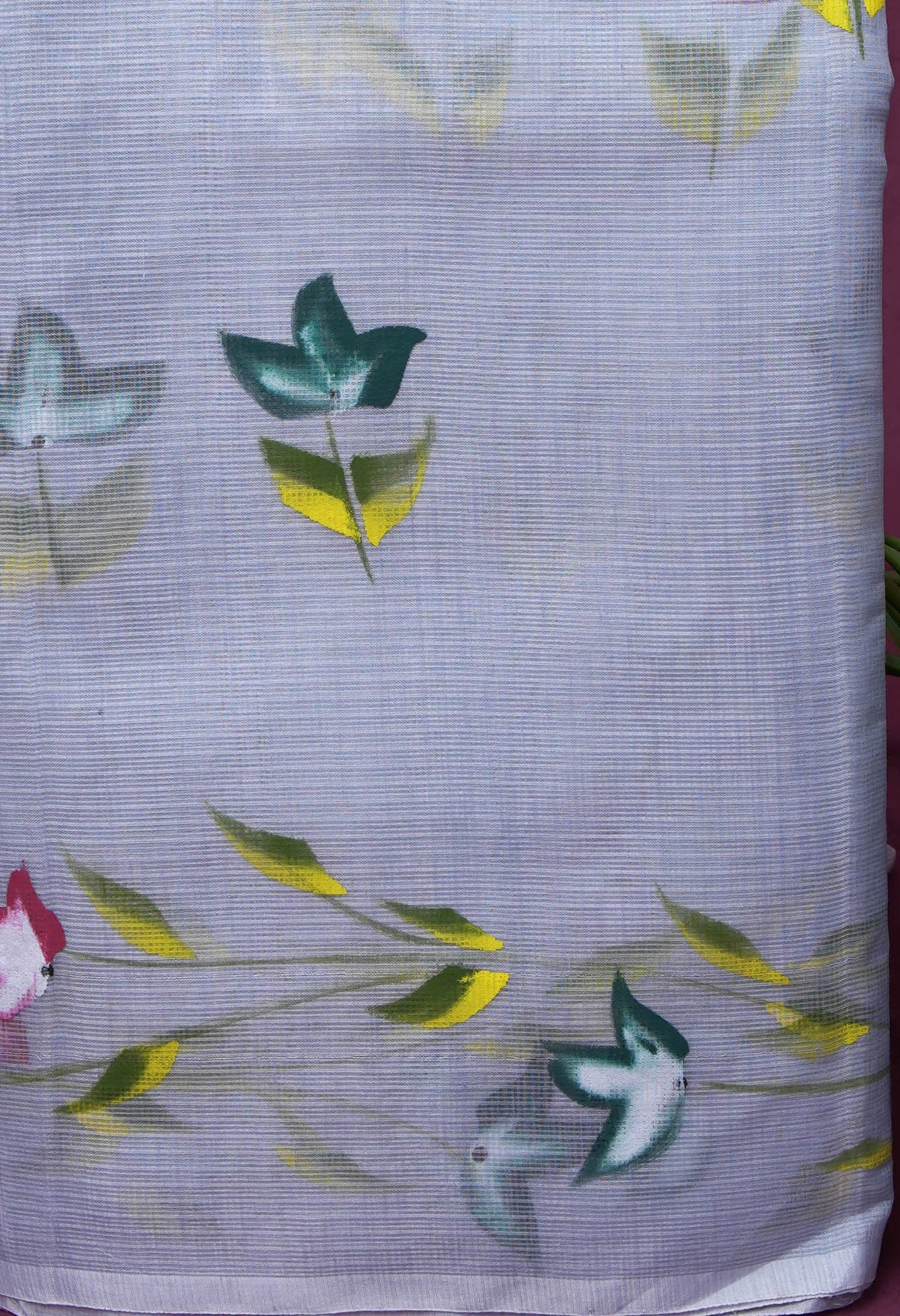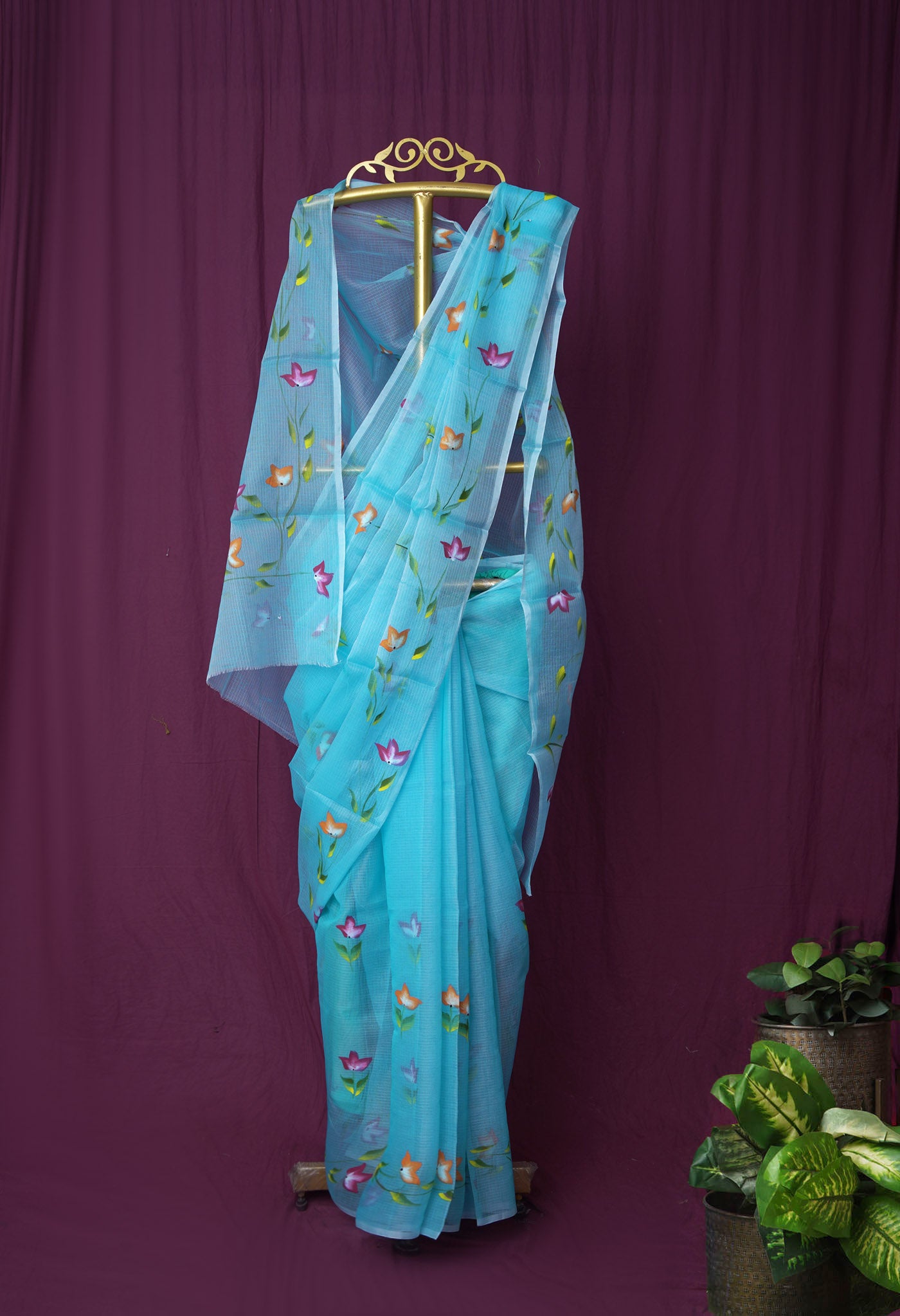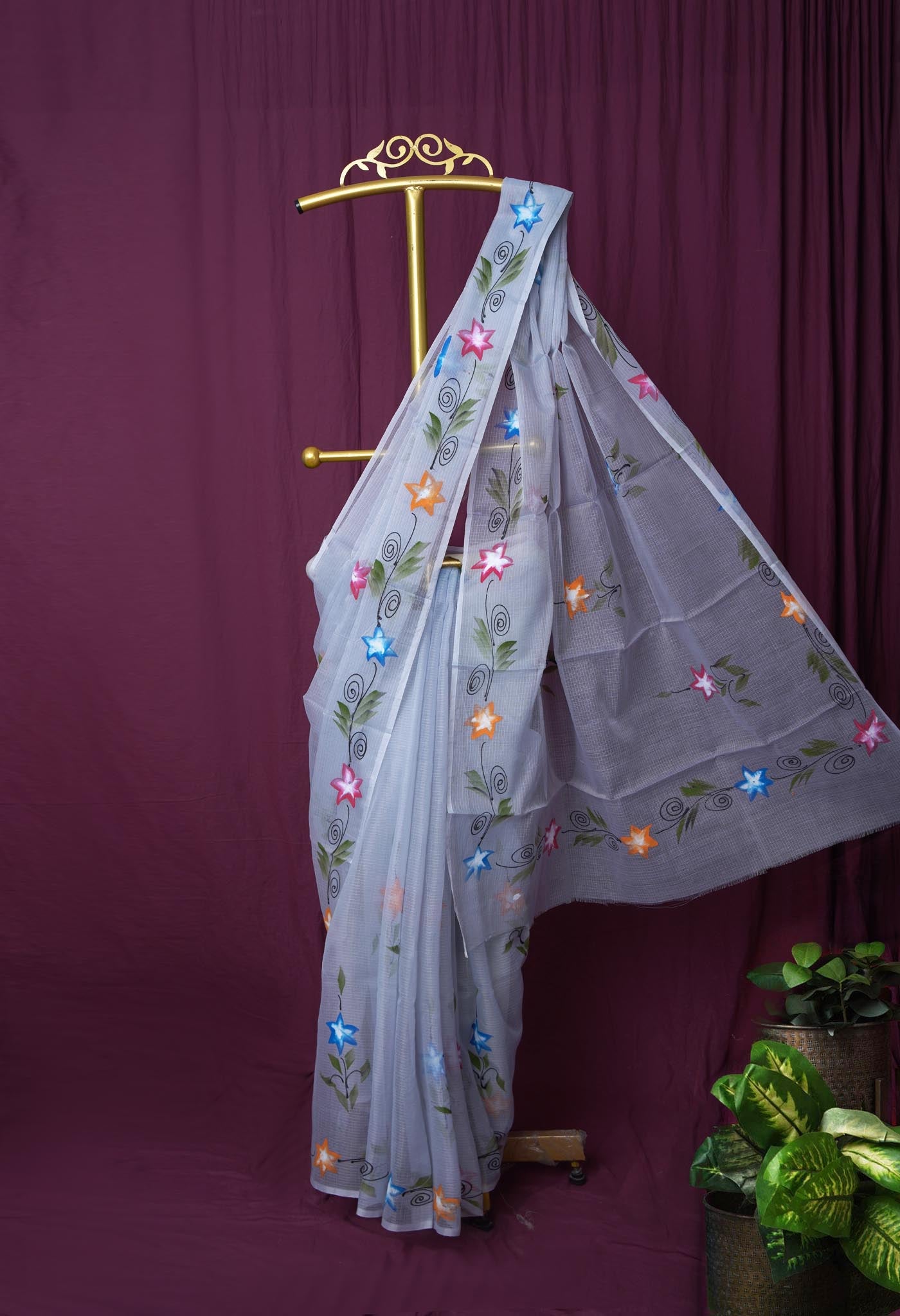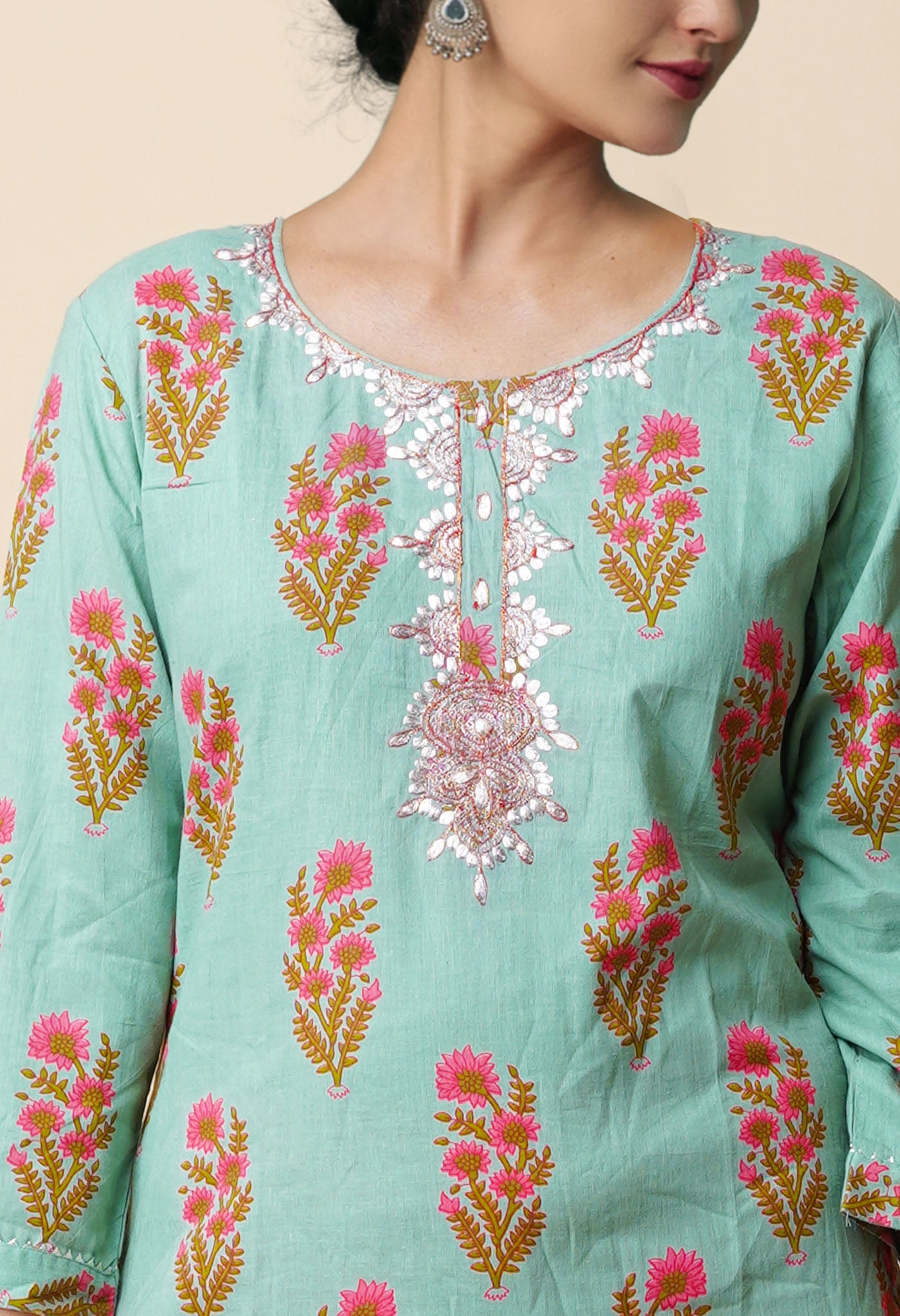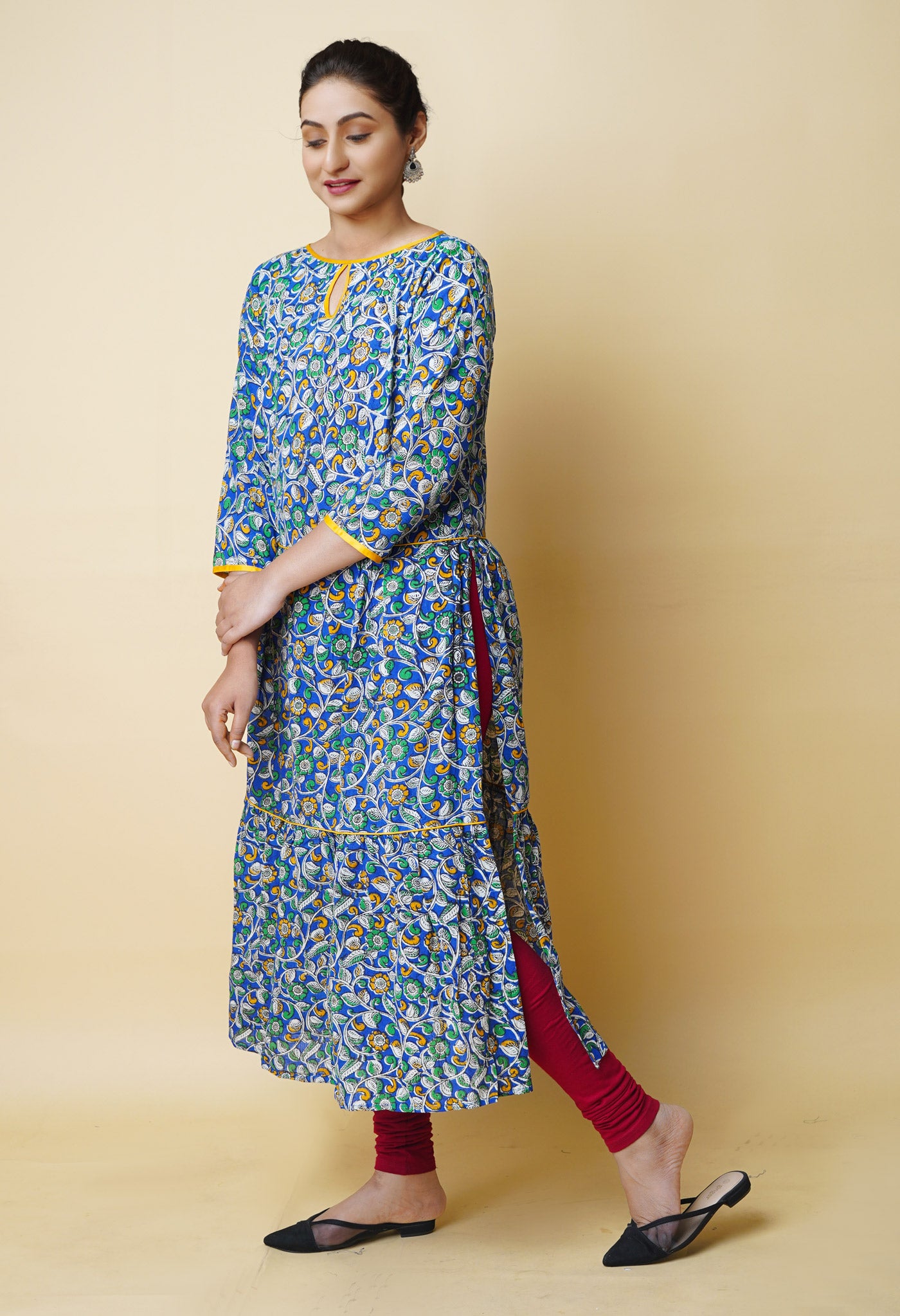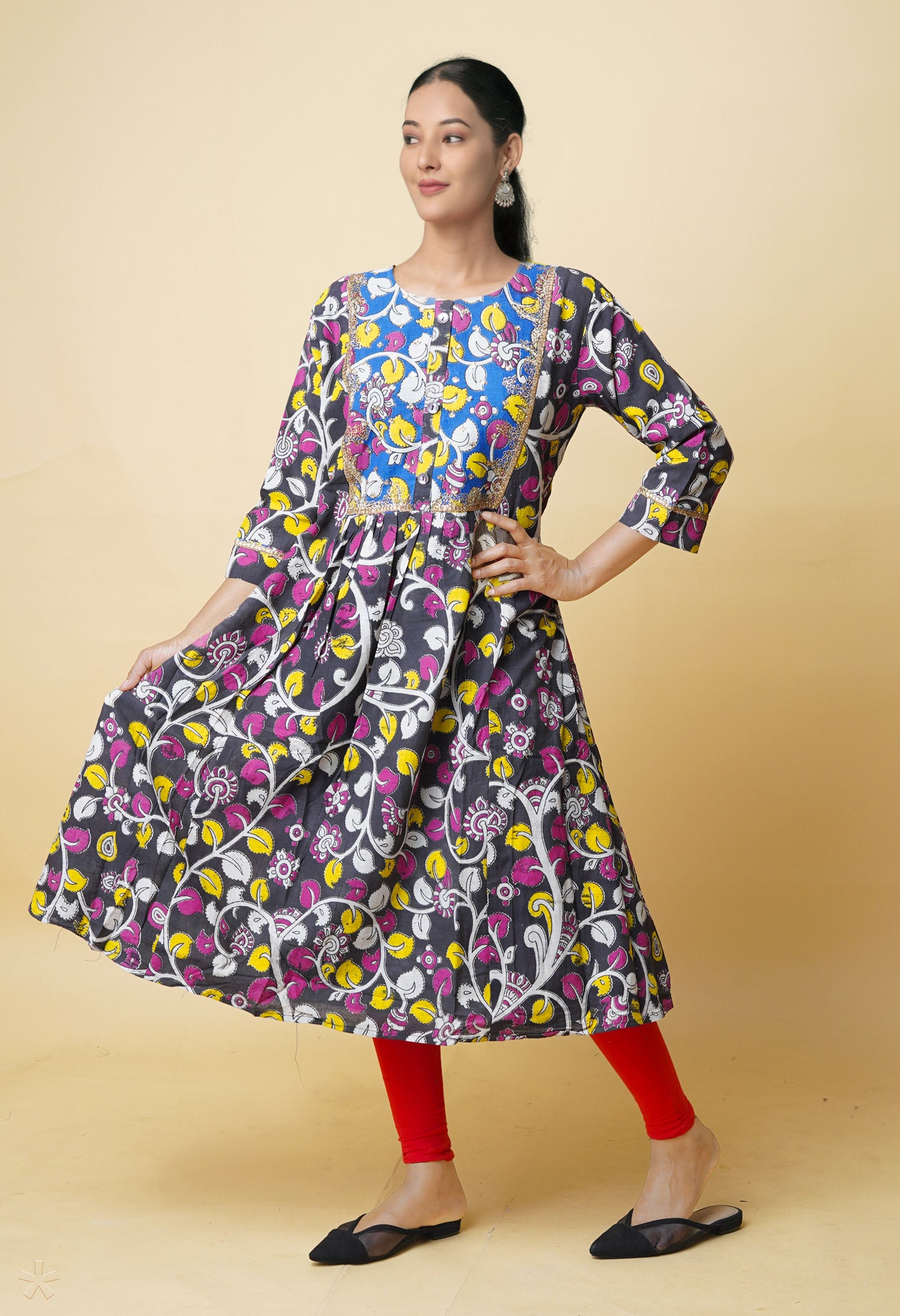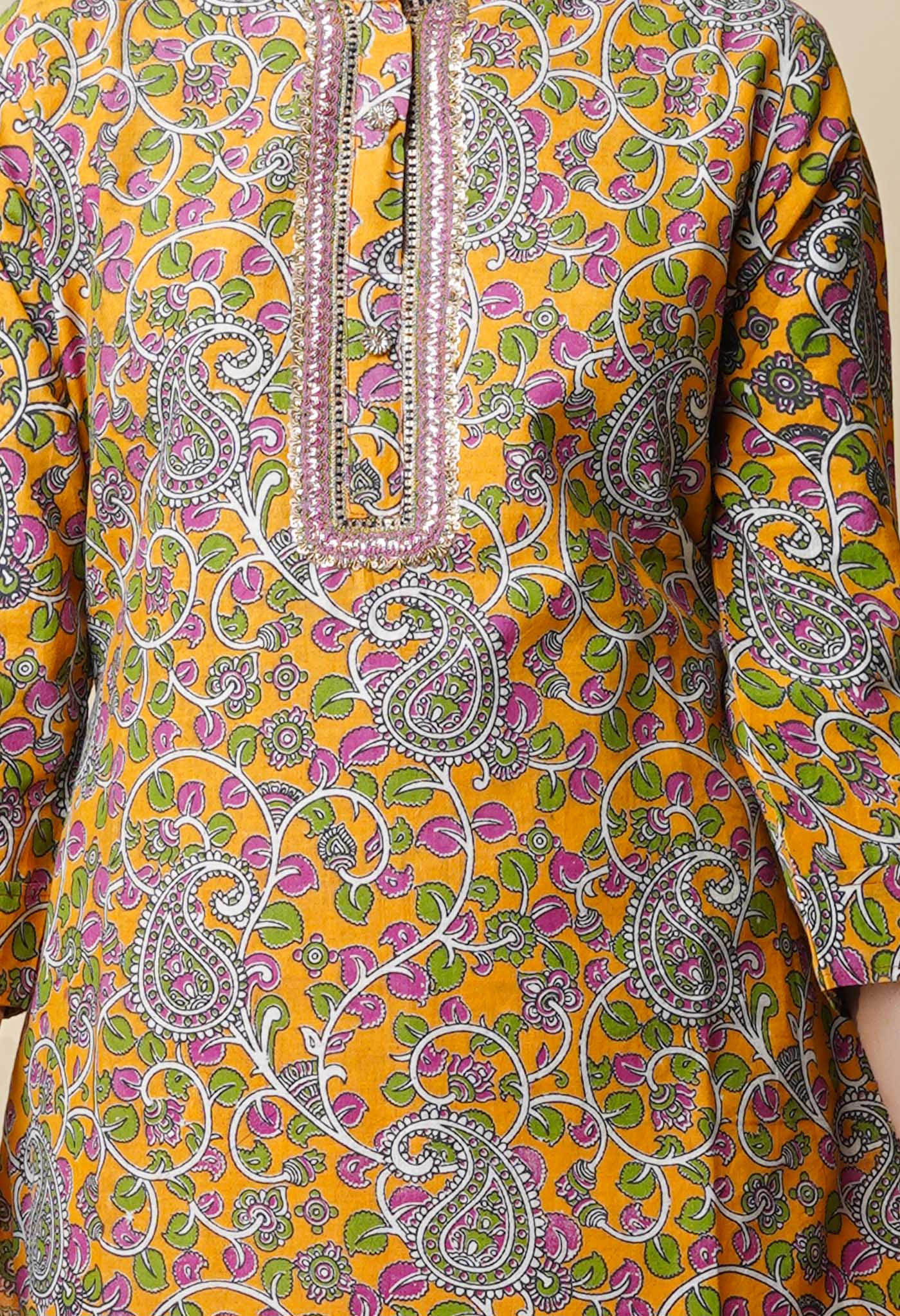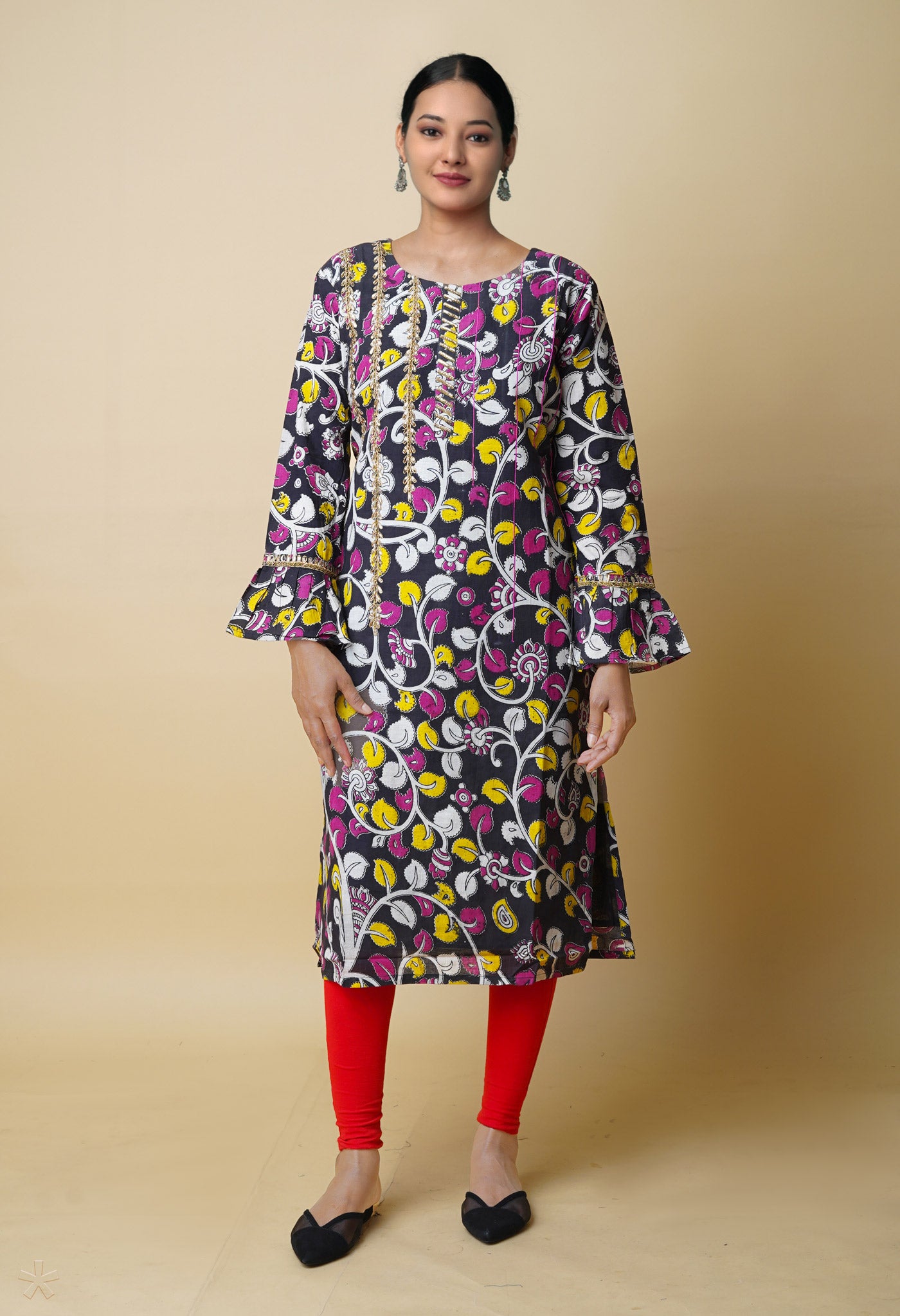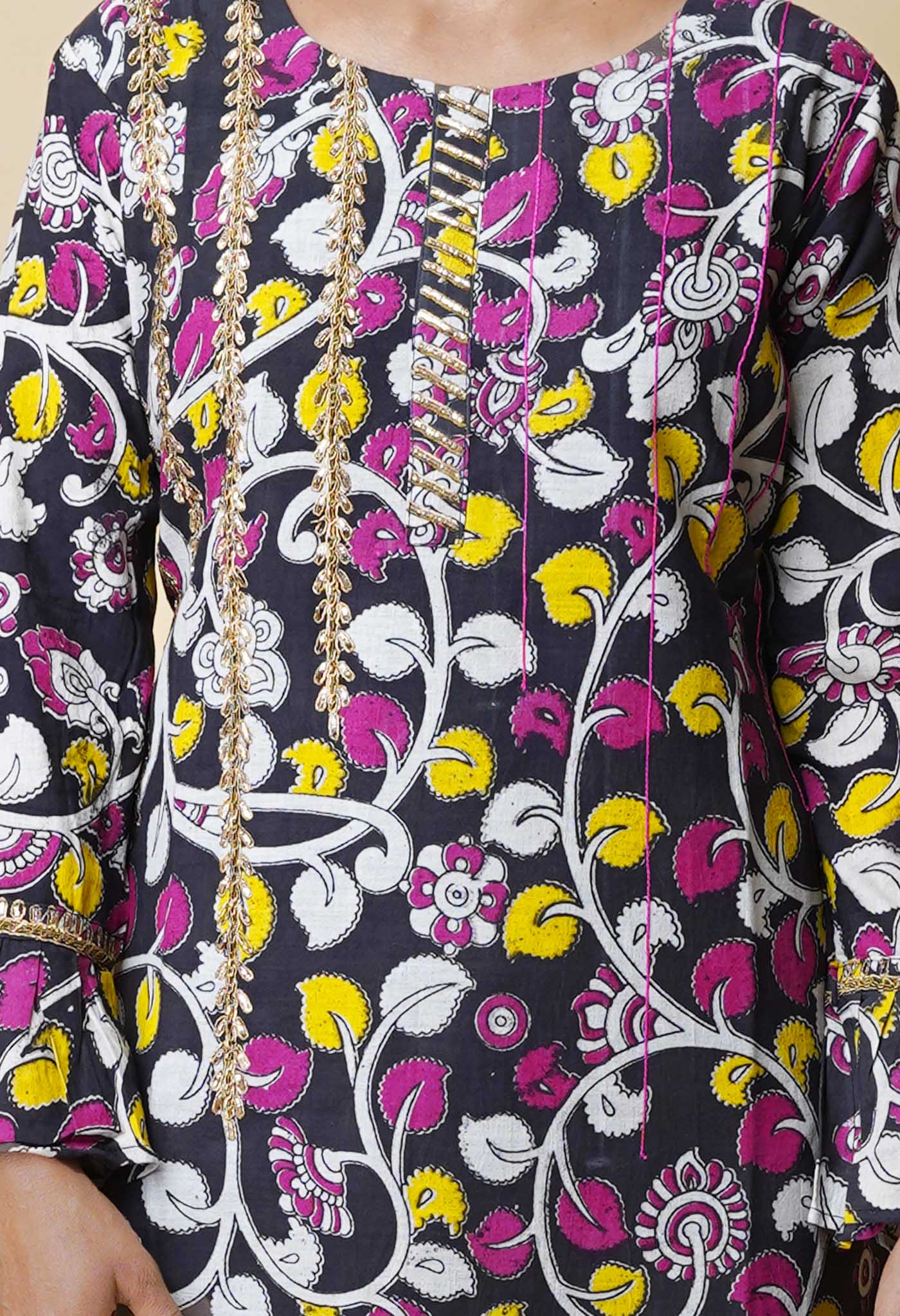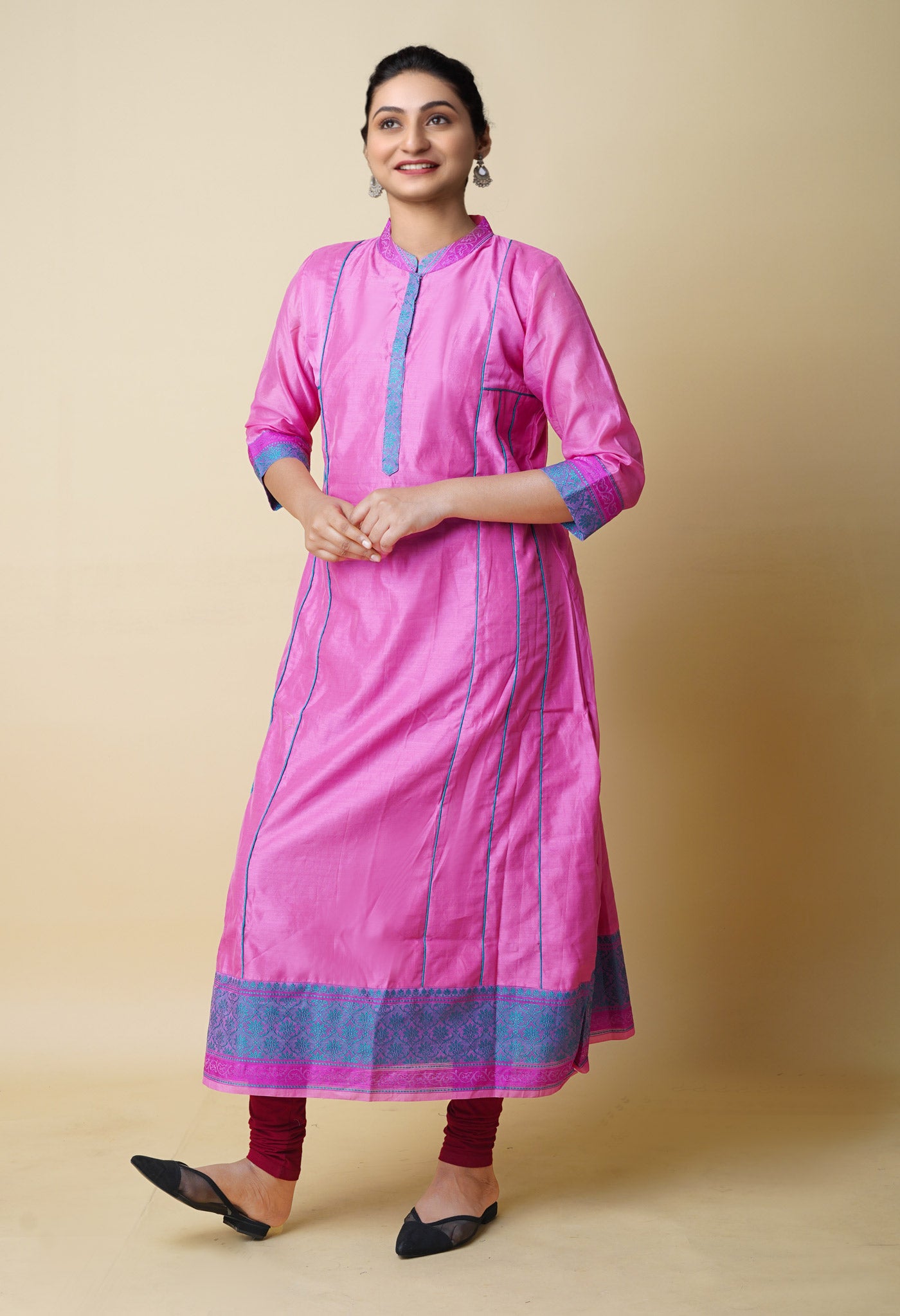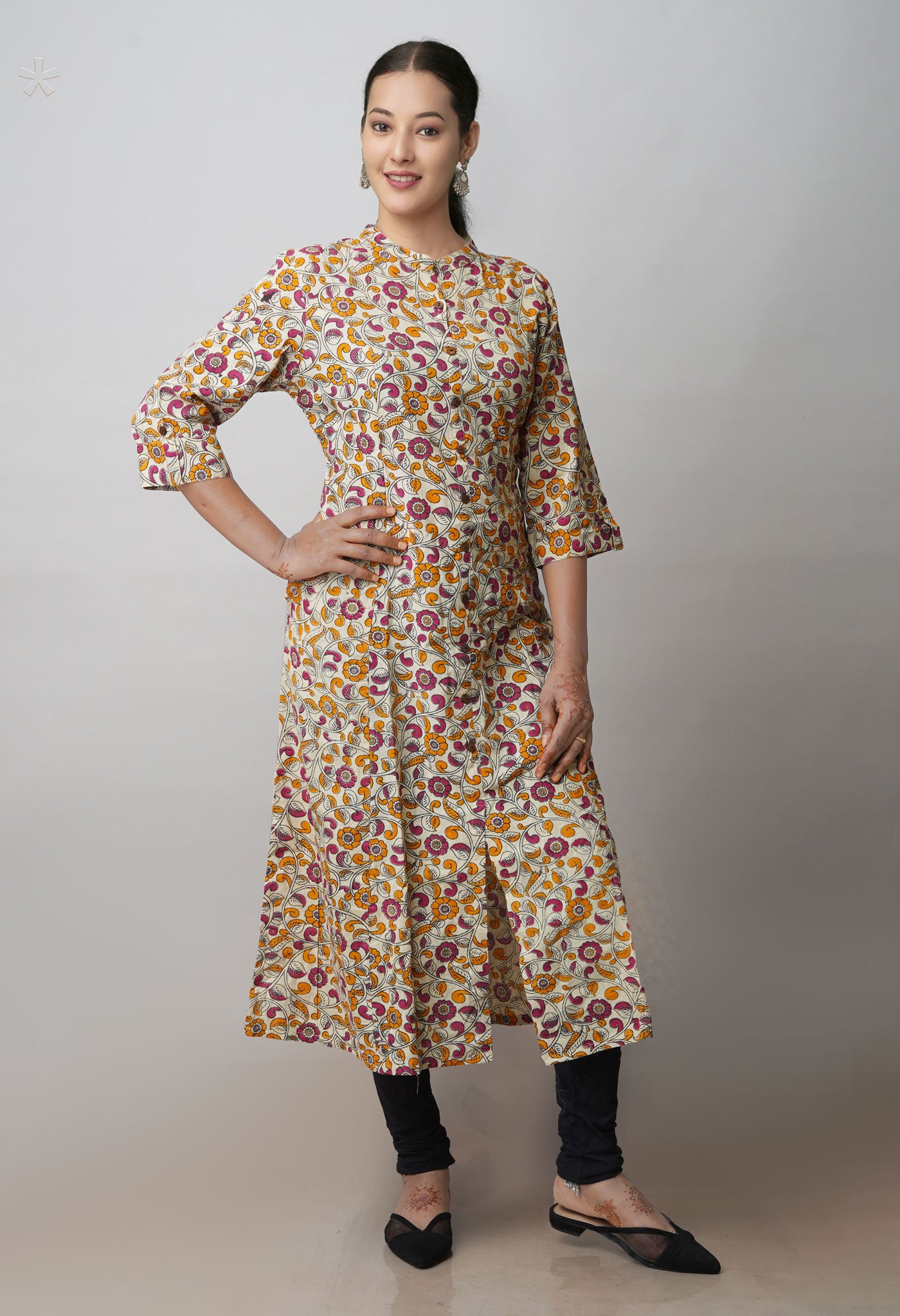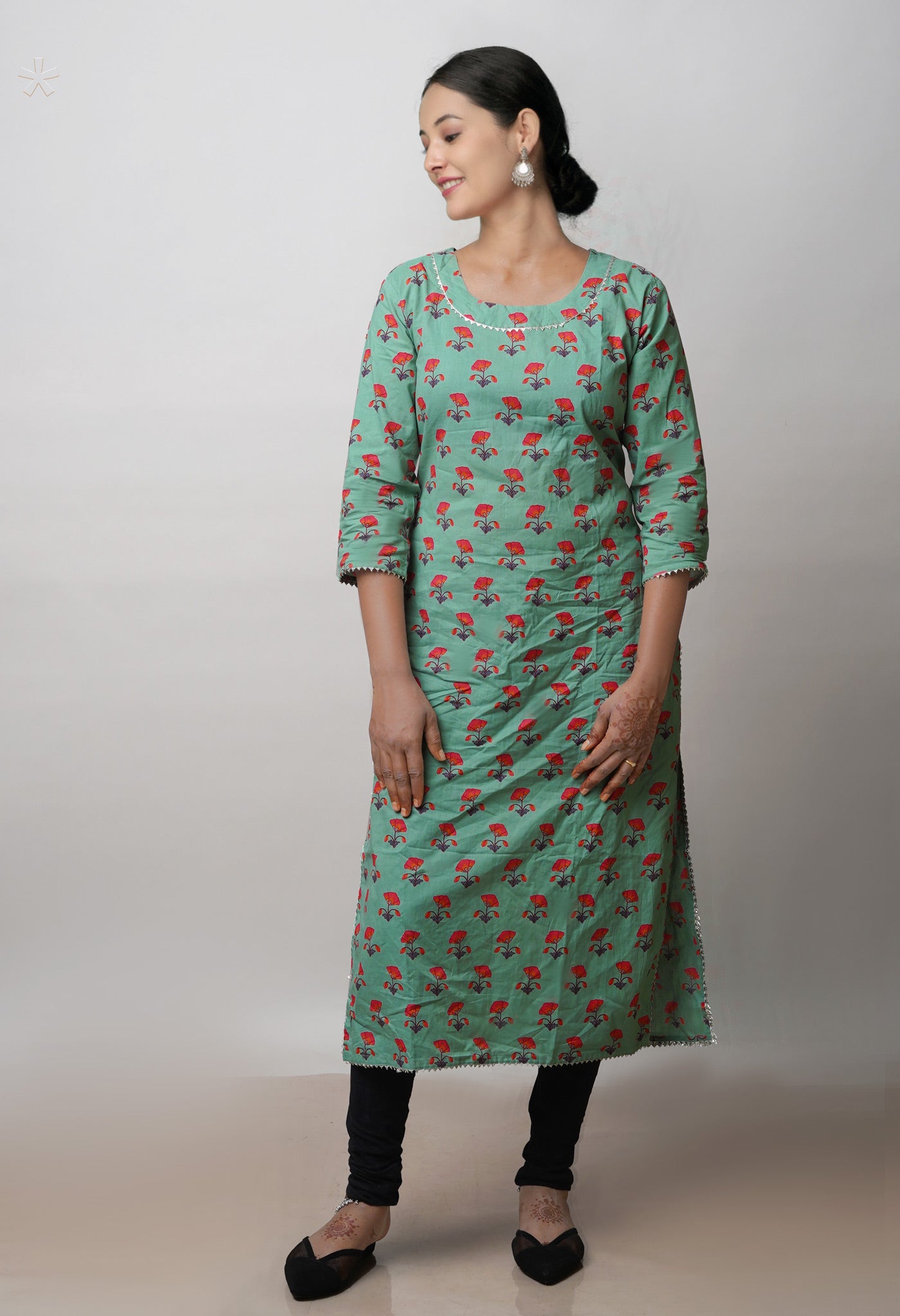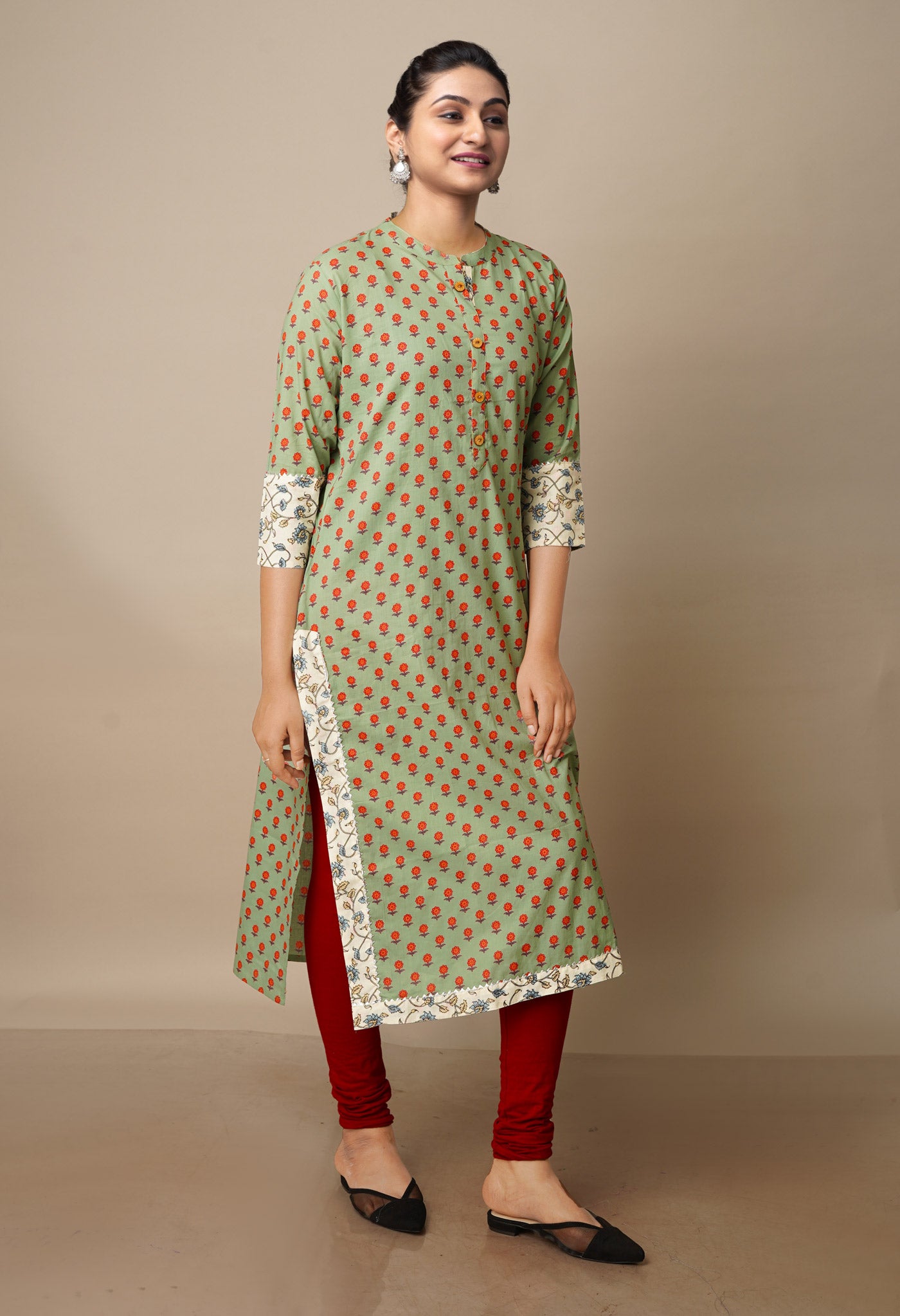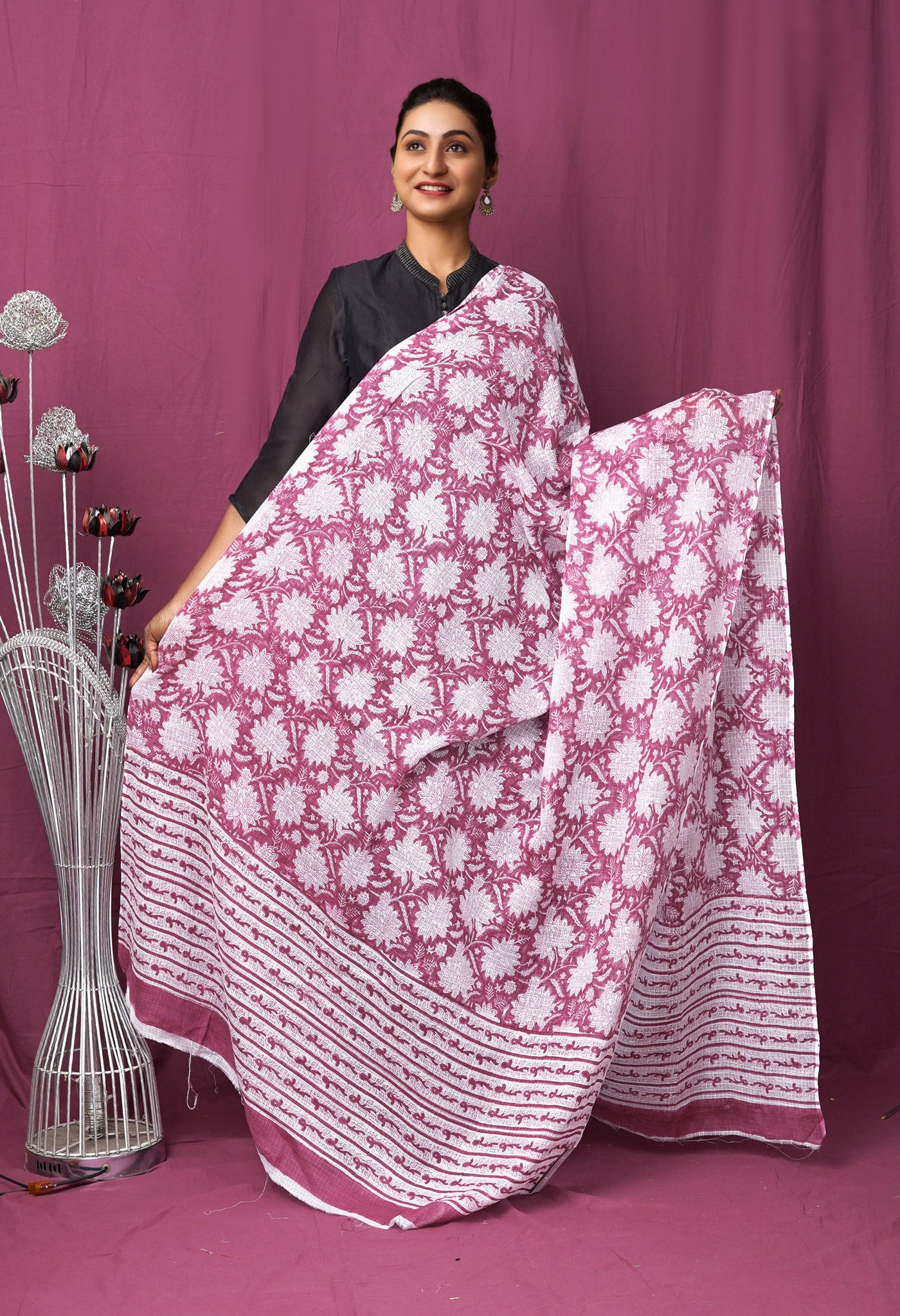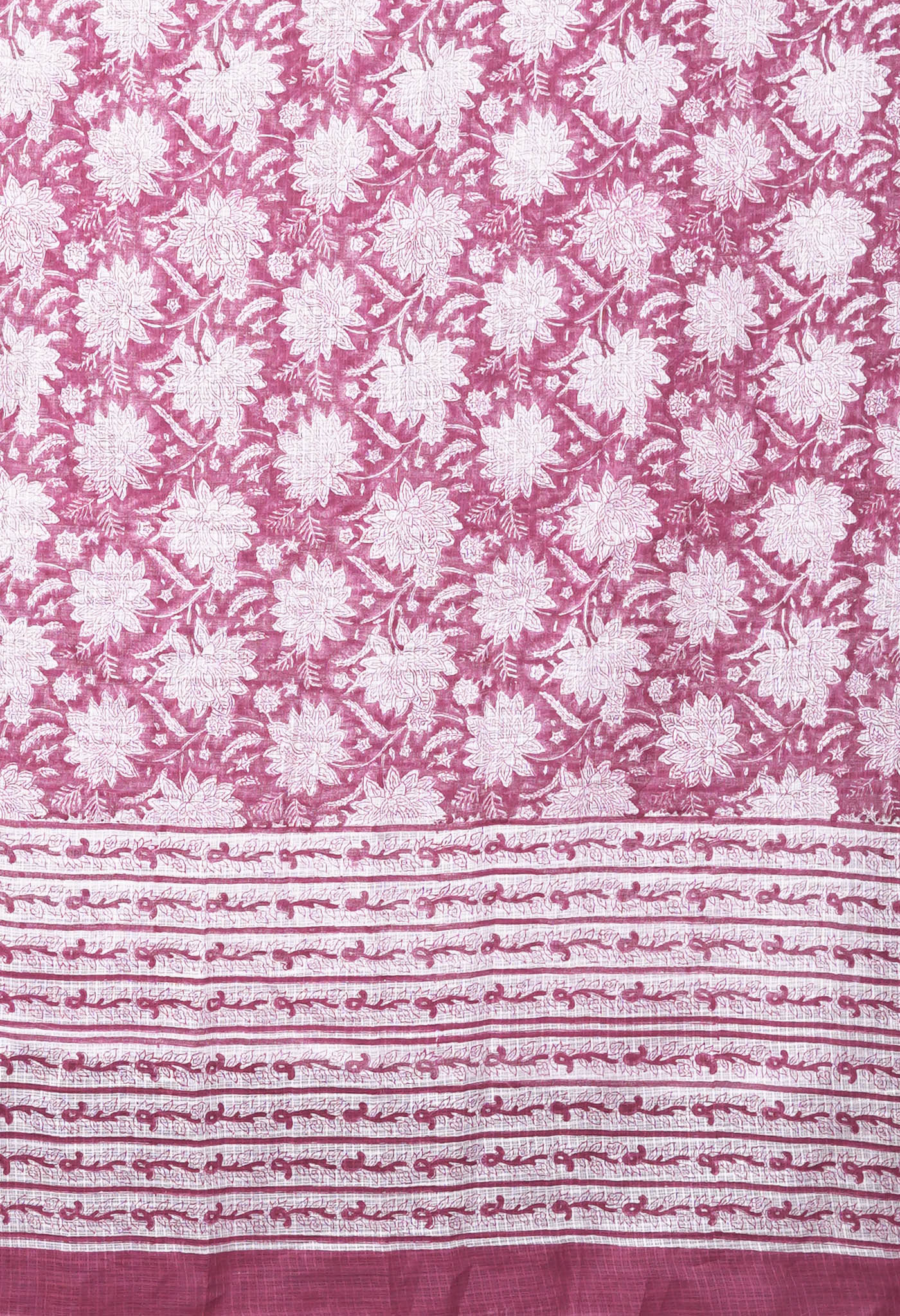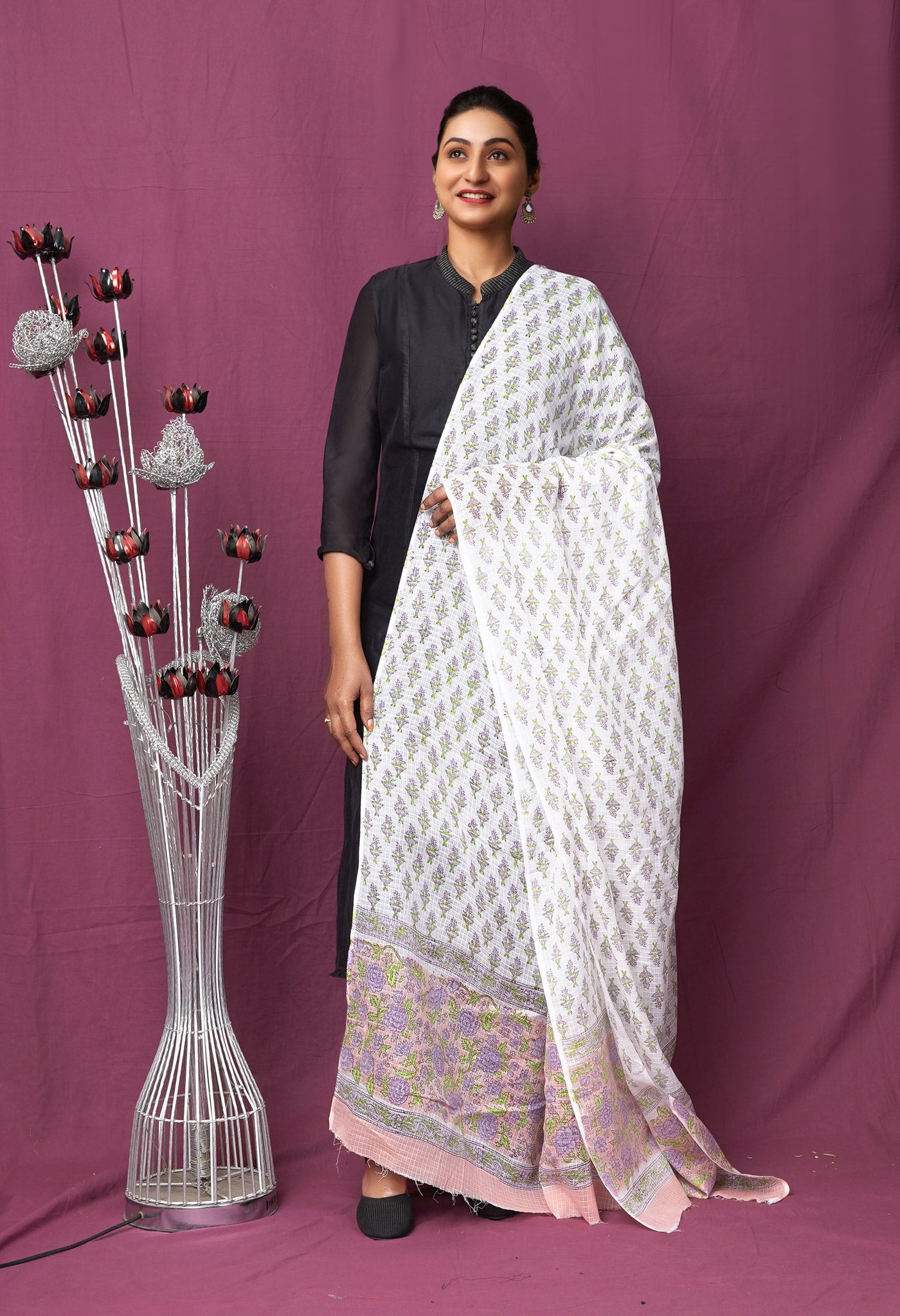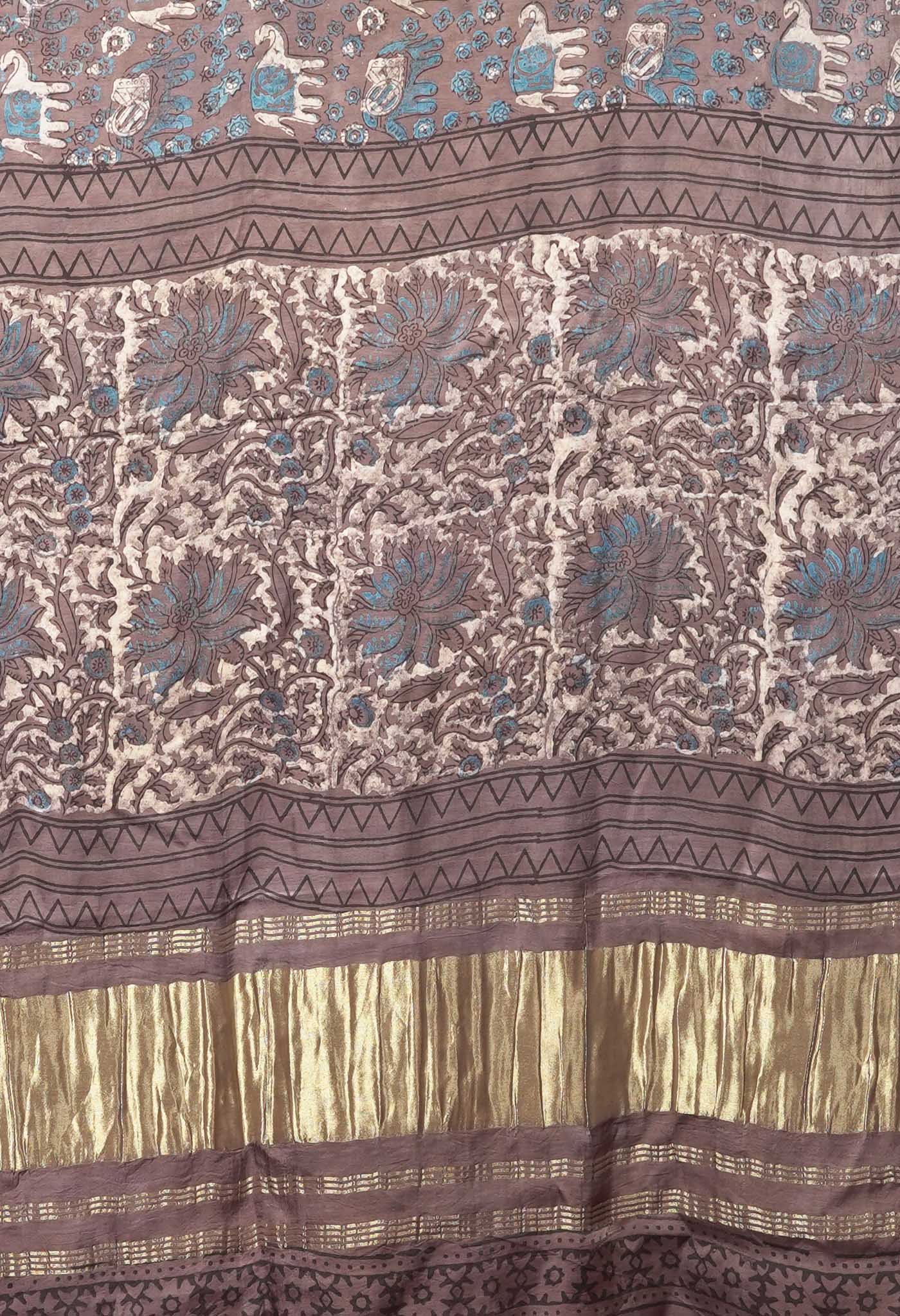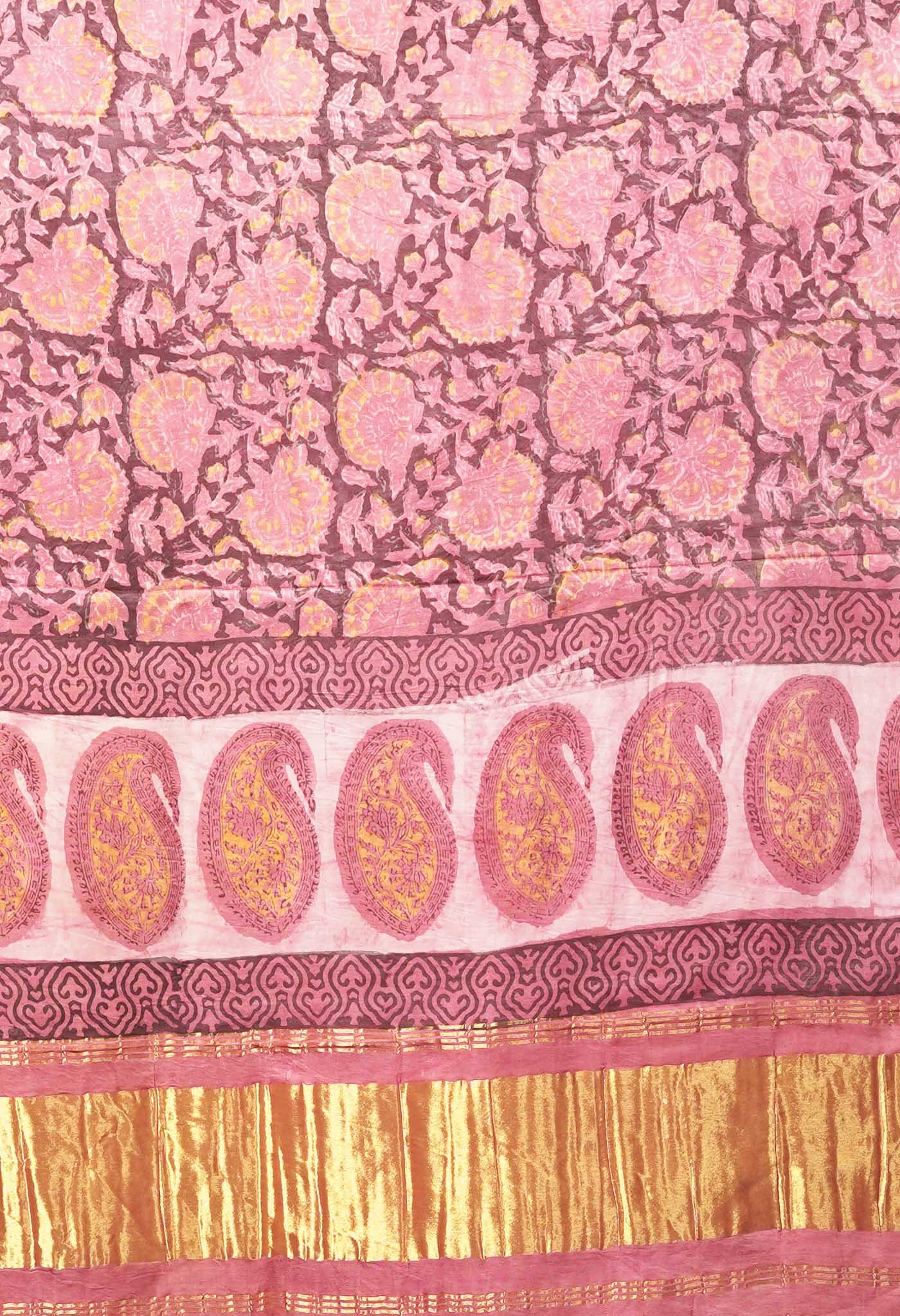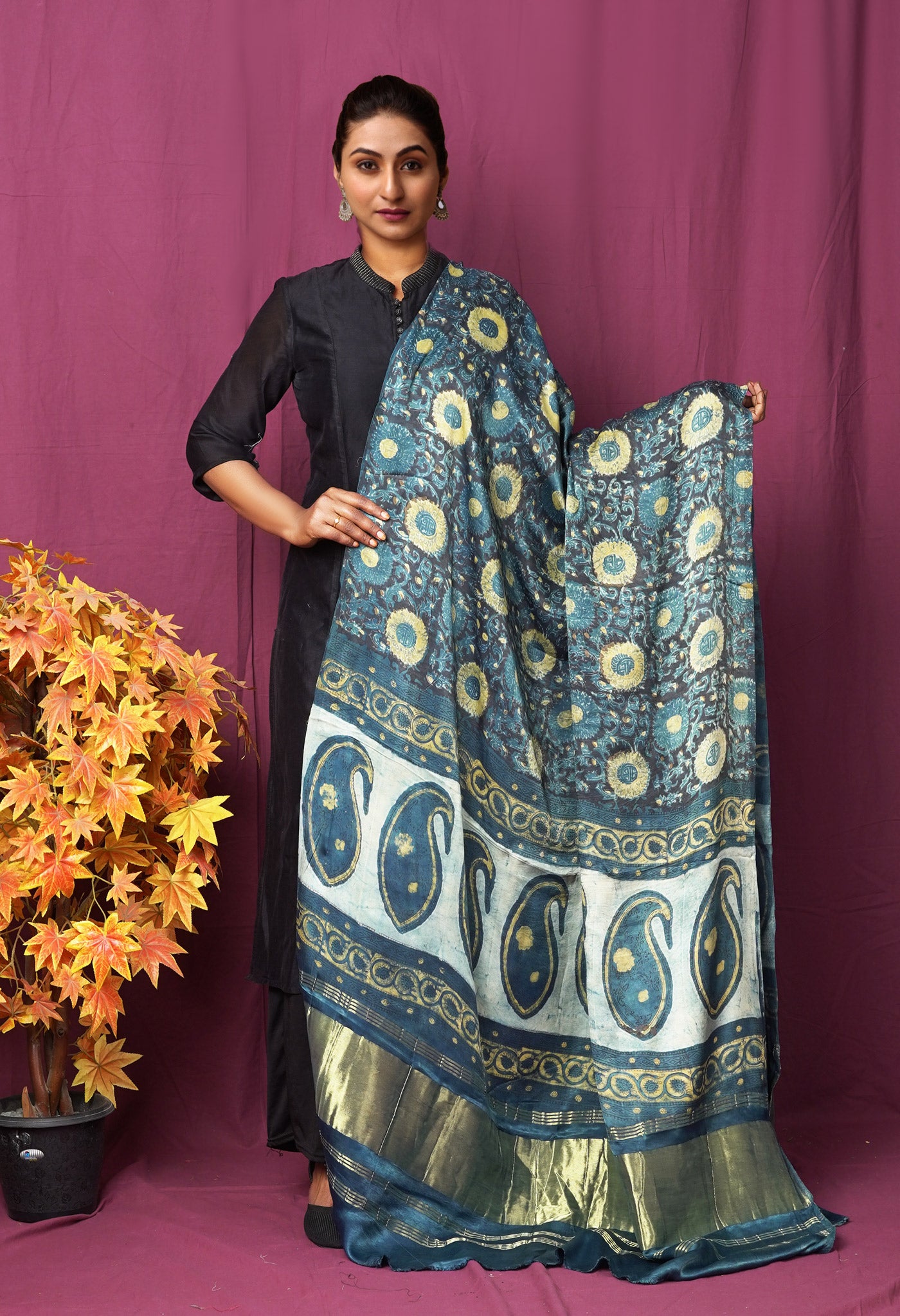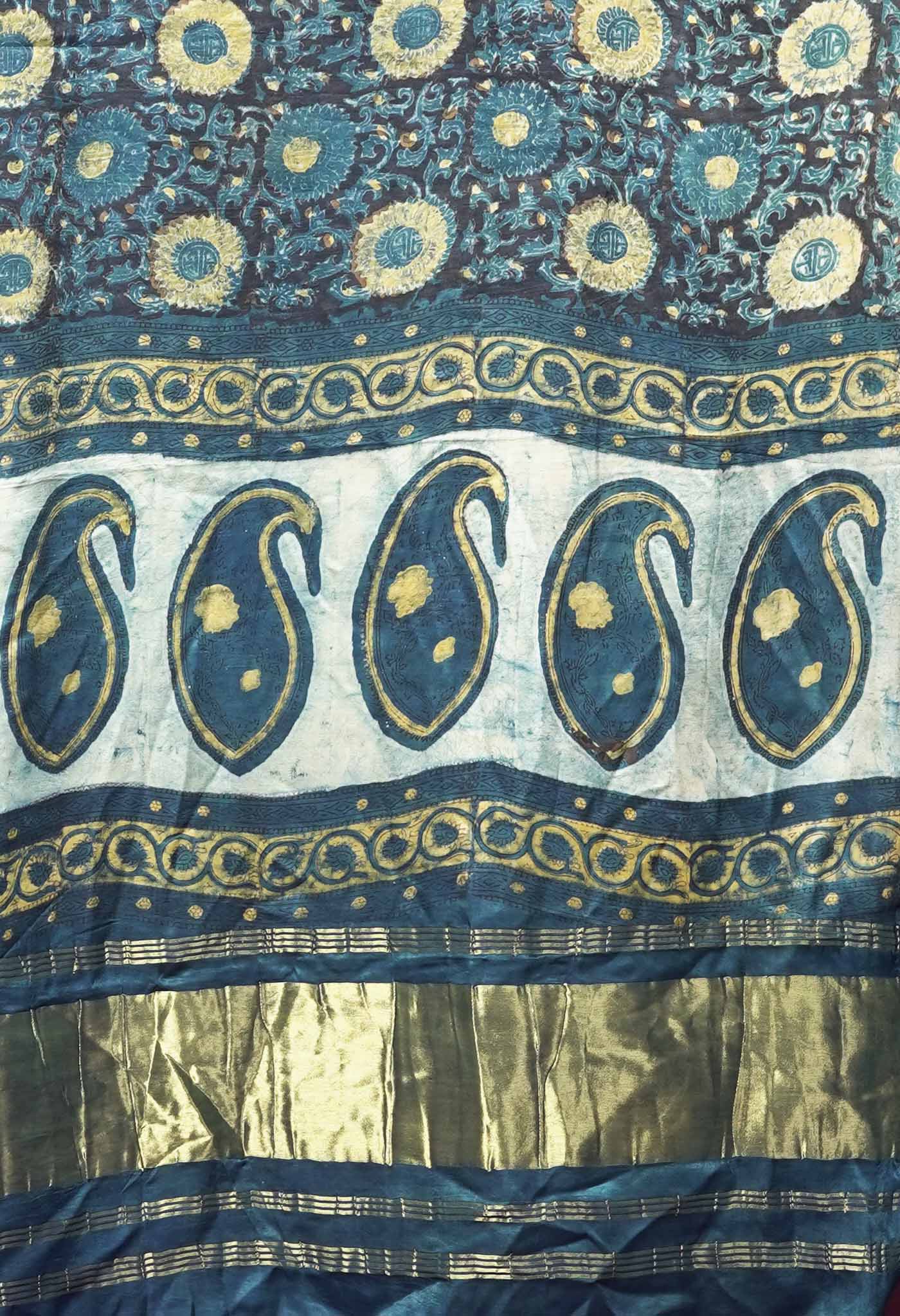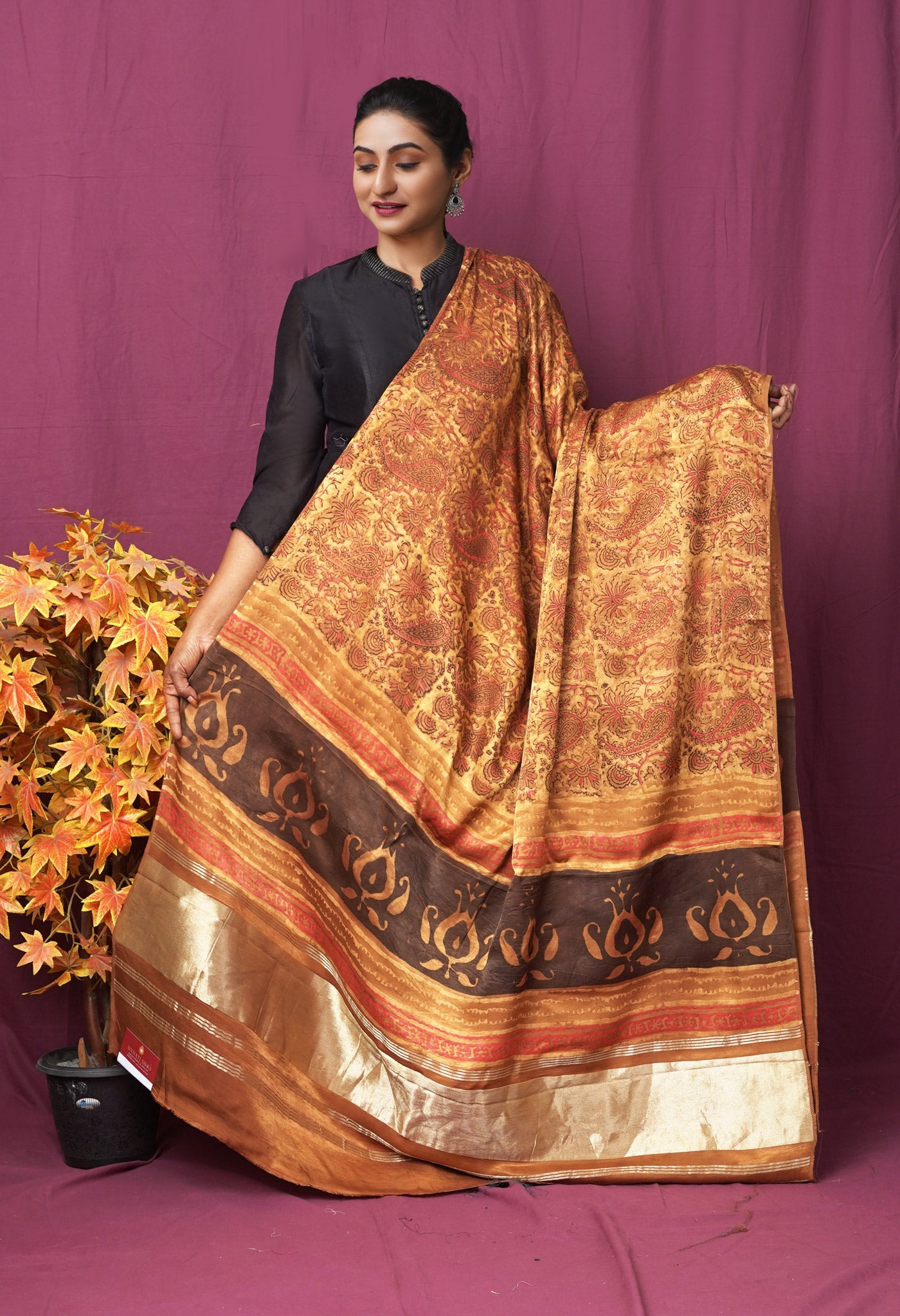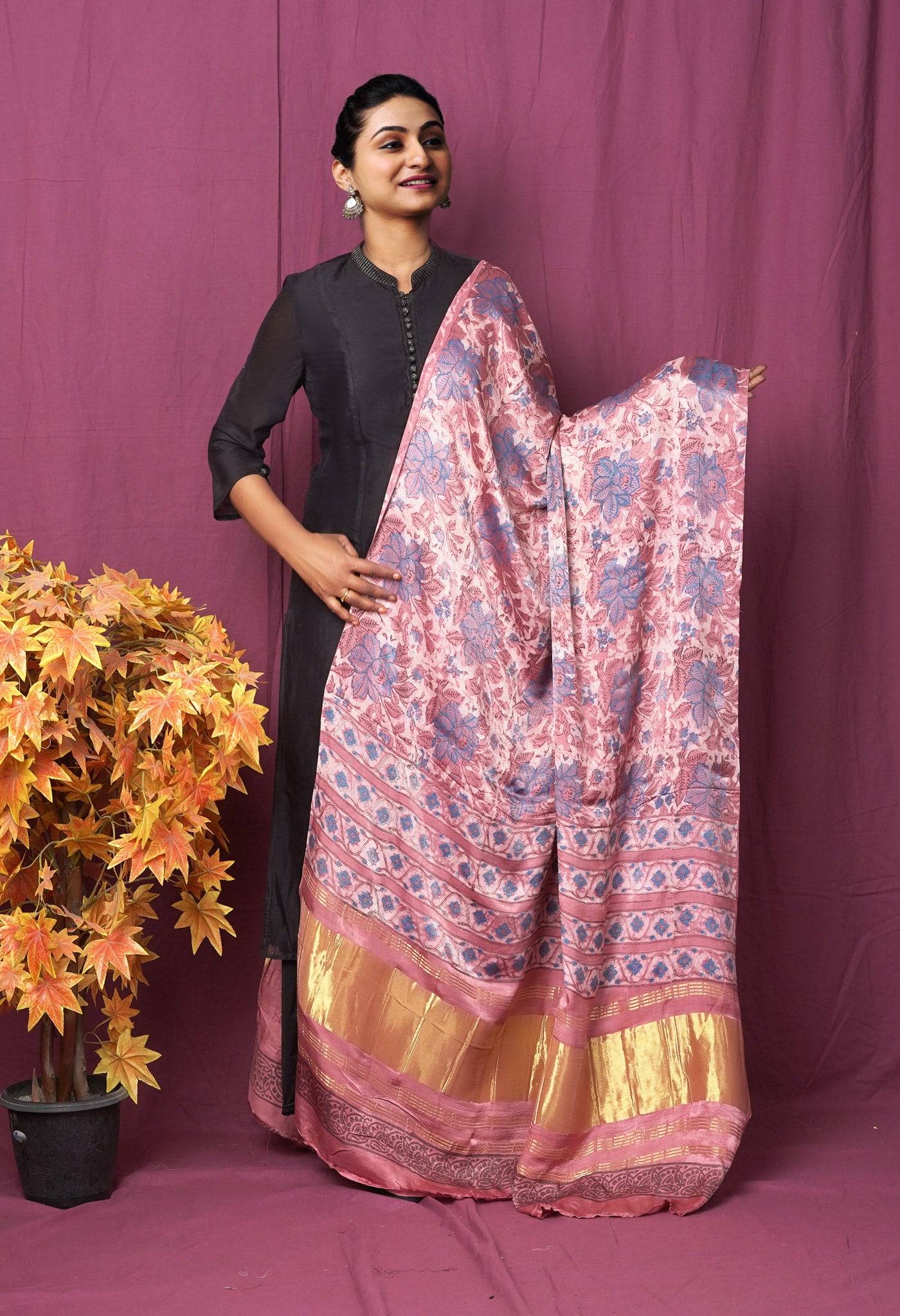
Handloom Policy
 India has a tradition in textiles since centuries. From the olden times when textiles were only handspun and hand woven to the current age when there is tremendous investment in large mills having a large number of automated looms, it has been quite a journey.
India has a tradition in textiles since centuries. From the olden times when textiles were only handspun and hand woven to the current age when there is tremendous investment in large mills having a large number of automated looms, it has been quite a journey.You now have hand spun hand woven or Khadi, handlooms where the spinning could be by hand or on machine while the weaving be done on hand operated looms, power operated looms requiring very little manpower to the very large mills where almost everything is run by power and apart from initial arranging of the threads the process of weaving is fully automatic.

India has the capacity to produce a wide range of products for a variety of applications.
What is the market size of the Textile Industry in India?

Figures from reliable sources quote that India’s Textiles industry has around 4.5 crore employed workers including 35.22 lakh handloom workers across the country.
The textile industry had contributed 7% to the industry output (by value) in 2018-19. The Indian textiles and apparel industry had contributed 2% to the GDP, 12% to export earnings and held 5% of the global trade in textiles and apparel in 2018-19.
Exports of textiles (Ready Made Garments (RMG) of all textiles, cotton yarn/fabs./made-ups/handloom products, man-made yarn/fabs./made-ups, handicrafts excl. handmade carpets, carpets and jute mfg. including floor coverings) stood at US$ 19.4 billion, between April 2021 and September 2021.
Cotton production is expected to reach 37.10 million bales and consumption is expected to reach 114 million bales in FY21— a 13% growth over the previous year.

The production of raw cotton in India is estimated to have reached 35.4 million bales in FY20^. During FY19, production of fibre in India stood at 1.44 million tonnes (MT) and reached 2.40 MT in FY21 (till January 2021), while that for yarn, the production stood at 4,762 million kgs during same period.
India’s home textile exports grew at a healthy rate of 9% in FY21 despite the pandemic.
Investments and Key Developments
The last five years have been good for the Textiles sector that has witnessed a tremendous spurt in investment. The industry (including dyed and printed textiles) attracted Foreign Direct Investment (FDI) worth US$ 3.75 billion from April 2000 to March 2021.

In May 2021, Indo Count Industries Ltd. (ICIL), announced an investment of Rs. 200 crore (US$ 26.9 million) to expand its production capacity.
The production-linked incentive (PLI) scheme for man-made fibre and technical textiles is expected to give a tremendous fillip to manufacturing, increase in exports and attracted investments into the sector.
Companies in home textile are using technology to optimise the value chain. Technology is being used by companies to track textile raw materials throughout the supply chain. They are also leveraging strategic partnerships to strengthen their business operations and foothold in the country.
For instance, in October 2021, Welspun India collaborated with DuPont Biomaterials to introduce a home textile range and strengthen the company’s sustainable textiles business.
What have been the Government Initiatives in recent times?
The Indian government has come up with several export promotion policies for the textiles sector.
It has also allowed 100% FDI in the sector under the Automatic Route.
Under the Automatic Route, an Indian Party does not require any prior approval from the Reserve Bank for making overseas direct investments in a JV/WOS abroad. The Indian Party should approach an Authorized Dealer Category – I bank with an application in Form ODI and the prescribed enclosures / documents for effecting the remittances towards such investments. However, in case of investment in the financial services sector, prior approval is required from the regulatory authority concerned, both in India and abroad.
The Rs. 10,683 crore (US$ 1.44 billion) PLI scheme is expected to be a major booster for the textile manufacturers. The scheme proposes to incentivize MMF (man-made fibre) Apparel, MMF Fabrics and 10 segments of Technical Textiles products.
Other Initiatives taken by Government of India
October 2021 saw a lot of activity from the Govt.’s side.
- Union Minister for Commerce and Industry, Textiles, Consumer Affairs, Food & Public Distribution, Mr. Piyush Goyal, announced that there would be creation of 100 textile machinery champions in the country and it would be promoted in the global market. Through this, the government aims to make India a global player in textiles machinery.
- The Ministry of Textiles also approved the continuation of the comprehensive handicrafts cluster development scheme with a total outlay of Rs. 160 crore (US$ 21.39 million). It is the aim of the government to support domestic Small & Medium Enterprises (SMEs) and local artisans through this scheme.
- In the same month, the government also introduced SAMARTH training at 75 training centers across the country, to accelerate the scheme’s coverage among artisans.
- The government had allocated funds worth Rs. 17,822 crore, between FY16 and FY22 for the ‘Amended Technology Up-gradation Fund Scheme’ (A-TUFS), to boost the Indian textile industry and enable ease of doing business.

International exhibitors will be presenting the entire spectrum of technical textiles, functional apparel textiles and textile technologies at Techtextil in Frankfurt am Main from 21 to 24 June 2022. Texprocess, the leading trade fair for the garment manufacturing and textile processing industry, will take place at the same time as Techtextil.
In the same context, the Indian segment, Techtextil India, a trade fair focused on technical textiles, nonwovens and composites was recently held from 25th to 27th November 2021 in Mumbai.
Tamil Nadu government signed up for Techtextil India 2021 to strengthen indigenous textile production and attract textile investments into the State. The State government aimed to promote technical textile policies through both physical and virtual segments of the hybrid fair organized by the Messe Frankfurt Trade Fairs India.
Earlier during the year of 2021
In August 2021,
- Minister of State (MoS), Ministry of Petroleum & Natural Gas and Labour & Employment, Mr. Rameswar Teli launched ONGC-supported Assam handloom project ‘Ujjwal Abahan’ through the virtual platform. The project is aimed to support and train more than 100 artisans of Bhatiapar of Sivasagar, Assam in Hathkharga handicraft.
- Flipkart and Himachal Pradesh State Handicrafts and Handloom Corporation Ltd. (HPSHHCL) had signed a memorandum of understanding (MoU) to help the state’s master craftsmen, weavers and artisans showcase their hallmark products on e-commerce platforms.
- Union Minister of Textiles, Commerce and Industry, Consumer Affairs & Food and Public Distribution, Mr. Piyush Goyal had said that steps were needed to be taken to boost production capacities of handloom sector from the existing Rs. 60,000 crore to 125,000 crore in three years (more than double).

He had added that a target must be set to increase exports of handloom items from existing Rs. 2,500 crore to Rs. 10,000 crore in three years.
He also announced that a committee would be constituted consisting of all weavers, trainer equipment makers, marketing experts and other stake holders to recommend ways and means to achieve these objectives and enhance overall progress of the handloom sector.
- In July 2021, the government extended the Rebate of State and Central Taxes and Levies (RoSCTL) scheme for exports of apparel/garments and made-ups until March 2021. This was to help boost exports and enhance competitiveness in the labour-intensive textiles sector.
- In April 2021, Union Minister Smriti Irani assured strong support from the Textile Ministry to reduce the industry’s dependence on imported machine tools by partnering with engineering organisations for machinery production.
- To support the handloom weavers/weaver entrepreneurs, the Weaver MUDRA Scheme was launched to provide margin money assistance at 20% of the loan amount subject to a maximum of Rs. 10,000 per weaver. The loan is provided at an interest rate of 6% with credit guarantee of three years.
- Gorakhpur is on track to become a major garment manufacturing centre, boosting the economy in eastern Uttar Pradesh. The Gorakhpur Industrial Development Authority (GIDA) is to provide four acres of land for construction of a flattened factory and will enable accessible to entrepreneurs.
- In March 2021, The Ministry of Textiles favoured limited deal for the India-UK free trade agreement that could boost the garments sector.
- In 2020-21, the UK was India's fourteenth largest trading partner, accounting for US$ 8.7 billion in exports and US$ 6.7 billion in imports.
- Under the proposed trade agreement, the Textile Ministry expects more market access for the Indian textiles and clothing sector in order to achieve its full potential.
- In the same month, under the ongoing sub-mission on agro-forestry (SMAF) scheme, the Ministry of Agriculture and Farmers Welfare signed a memorandum of understanding (MoU) with the Central Silk Board, under the Ministry of Textiles, on a convergence model to implement agro-forestry in the silk sector.
- Also during this period, toys were identified as one of the 24 primary sectors listed under the self-reliant India initiative. The Department for Promotion of Industry and Internal Trade (DPIIT) has developed a ‘National Action Plan’ for toys that calls on several central ministries, including textiles, MSME, I&B, Education, DPIIT (under the Ministry of Commerce) and other departments, to nurture and promote the industry.
- Effective 01 January 2021, to boost exports, government have extended the benefit of the Scheme for Remission of Duties and Taxes on Exported Products (RoDTEP) to all exported goods
- To support the handloom and handicrafts sector, the government has taken steps to onboard weavers/artisans on Government e-Marketplace (GeM), provide a wider market and enable them to sell their products directly to various government departments and organisations. As of December 31, 2020, 171,167 weavers/artisans/handloom entities have been registered on the GeM portal.
- Defence Research and Development Organization (DRDO) is helping the Indian textile industry to produce yarns and eliminate dependence on import of Chinese and other foreign clothing for military uniforms. Indian defense sector had expressed strong support towards the Indian technical textile sector.
- In March 2021, while addressing the 9th edition of TECHNOTEX 2021 organized by FICCI, General Bipin Rawat, Chief of Defence Staff appreciated the innovations in Indian technical textile and stated that the armed forces will rather reduce imports and instead procure technical textiles from Indian industries as a part of the AtmaNirbhar Bharat initiative.
Following are the achievements of the Government in the past four years:
- In June 2021, KVIC recorded a 7.71% growth in gross annual turnover - from Rs. 88,887 crore in FY20 to Rs. 95,741.74 crore in the following year.
- In CY2020, Cotton Corporation of India made a record procurement of ~ 151 lakh bales under MSP operations. This was more than 290% higher than the 38.43 lakh bales procured during the corresponding period of the previous year.
- I-ATUFS, a web-based claims monitoring and tracking mechanism was launched on April 21, 2016. 381 new block level clusters were sanctioned.
- Under the Scheme for Integrated Textile Parks (SITP), 59 textile parks were sanctioned, out of which, 22 have been completed.
- Employment increased to 45 million in FY19 from 8.03 in FY15.
- Exports of readymade garments (of all textiles) was worth US$ 1.19 billion as of December 2020.
- Despite fears that the sector could be badly affected due to the pandemic, it did not turn out so.
- Technical textiles in the form of PPE suits and equipment, is on the rise. The Government is fully supporting the sector through funding and machinery sponsoring.
- Top players in the sector are attaining sustainability in their products by manufacturing textiles that use natural recyclable materials.
- The Indian Textiles industry is looking upbeat and promising to do even better with consumerism and disposable income rising.

The pandemic was seen as a huge roadblock that would have to be surmounted. Luckily for the Textile sector that never happened and with figures on the rise, both in domestic consumption and exports, indications are that the sector would do even better in the next couple of years.









